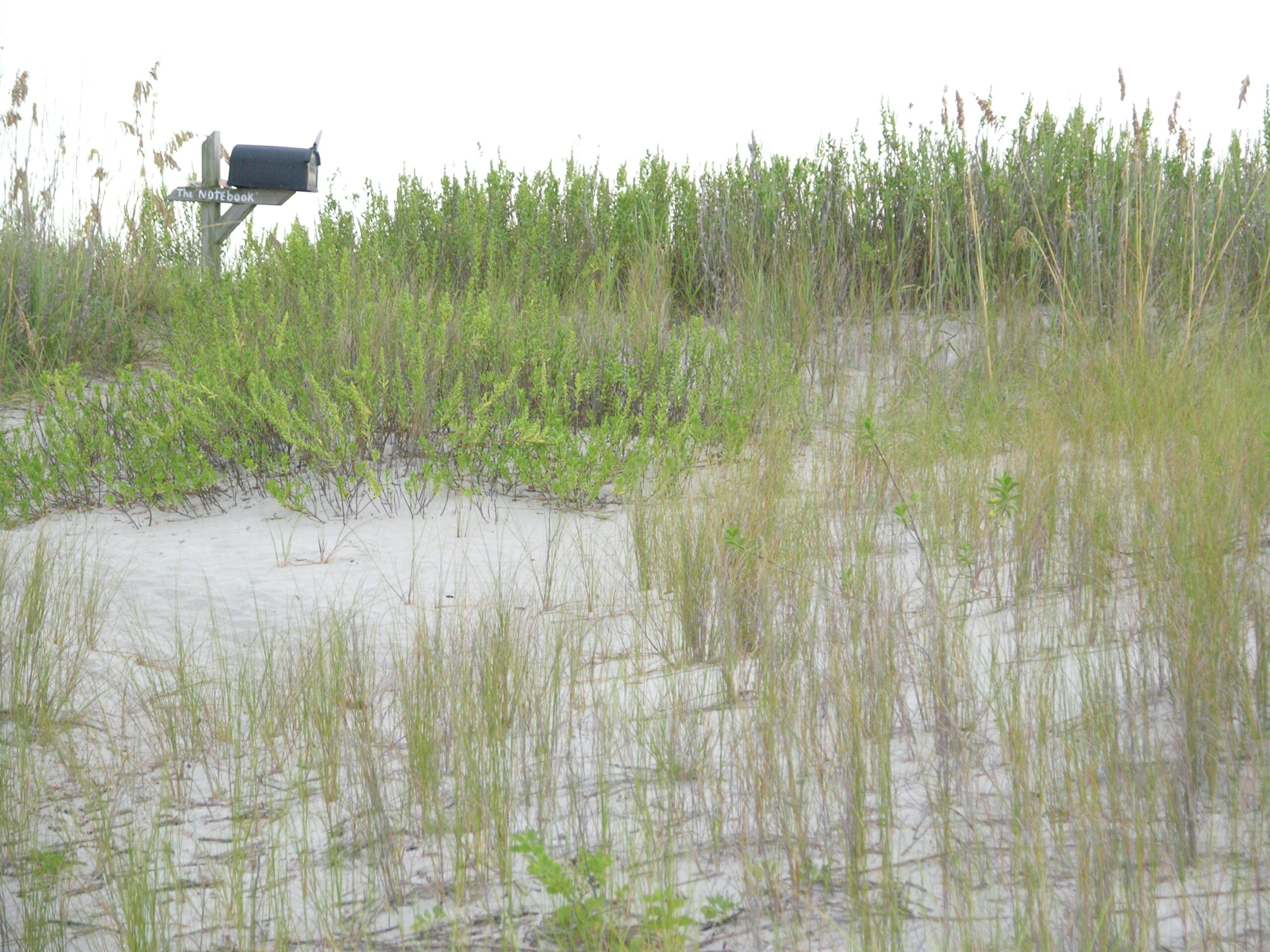Cars We Love & Who We are #26
A few years back while speaking with my good friend Bob Austin the topic of his brother’s unique sports car came up. He explained that his brother Rick’s 1964 Devin C, purchased in 1973, represented one of literally a handful of custom performance cars made by a man named Bill Devin. When Bob shared a photo of his brother’s car, I realized that I knew that car. I had seen it parked on the main street of Teaneck, New Jersey over 40 years ago and never forgot it. Clearly a Devin’s bantam weight and sporting character had left a lasting memory.
Now, to celebrate the fast approaching 50th anniversary of Rick Austin’s continued Devin ownership, the story of Rick and his Devin C.
A Devin’s 47-year journey from scrap heap to Pebble Beach

Rick with his Devin C at the Quail Photo: Brian Miller
August 2017 found Rick Austin luxuriating on the manicured grounds of the Quail, the most exclusive of all Pebble Beach Concours d’Elegance events, he and his Devin enjoyed the spotlight as honored invitees. This being the world’s pinnacle event to recognize classic car royalty, it is doubtful that his fellow celebrant’s cars began their Quail star turn in similar fashion, which would be at a DPW scrap yard in Nanuet, New York.
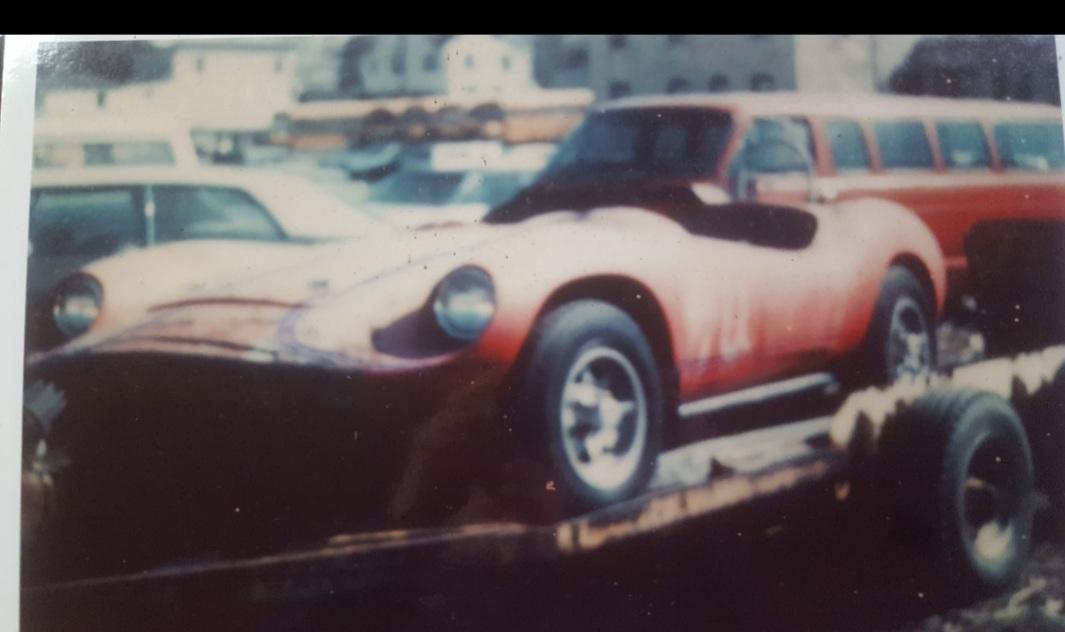
At the Nanuet, NY DPW
First spotted by Rick’s brother Bob in 1973, the rather forlorn red Devin resided on a construction trailer at the Nanuet DPW scrap yard. At the time, Bob told brother Rick about his sighting and thought it interesting. It should be noted that the Austin brothers share a marked lifelong affection for unusual vehicles. Morgans, Crosleys, Jeepsters, Avantis, MGTDs, Minis, all have graced Austin driveways. The Devin fit the mold perfectly. As Bob now tells the story, he meant that it held interest as something Bob, himself, would buy down the road. Rick, however, took right to the road and drove up to the DPW yard the next day to inquire as to the Devin’s availability.
“How much?” Rick asked. “$400,” came the response. “Sold,” came his reply. Adding insult to injury, Rick used Bob’s trailer to bring the Devin to Bob’s house where both would work on carrying out the rebuild. It should be noted that Rick’s jumping Bob’s claim produced no strain in the Austin brothers’ lifelong friendship.
The Devin back story offers an interesting version of a tale oft told of a young man returning to California from WWII with talent and a passion. In this case the young man was Bill Devin and he held a passion for sports cars and racing. Possibly a precursor foretelling the Austin brothers fondness for Bill Devin as a kindred spirit came with Devin’s early success racing a Crosley Hotshot.
After the Crosley victories, Devin quickly moved up the race car food chain. By 1953 Devin had found Ferraris to drive including the ex-Phil Hill 212 that he bought from Luigi Chinetti and drove to a 3rd place at Palm Springs. Shortly thereafter, his plan to drive a new Ferrari at the 1953 24-Hours of Le Mans was derailed by a production back-up at the Ferrari factory. Devin clearly was the real deal and not just as a race driver. He had a serious vision about how a winning car should look and perform.

Bill Devin Photo: John Priddy
By 1956 Devin had created a chassis that housed a twin-cylinder overhead cam engine wrapped in Devin-Panhard bodywork. He built twelve of them. One won its class in the 1956 SCCA national championship. By now, Devin had become a player in the fiberglass body business. He sold bodies to fit Porsches, Healeys, Triumphs, VWs and more.
With success, came Devin’s greater dream of building cars of his own. Working with an Irish chassis builder specializing in fabricating rolling chassis ready for a body, Devin’s dream materialized. With a frame from Ireland married to a fiberglass body by Devin and powered by a Corvette small block V8, the spirited Devin SS came to life. Weighing almost a half-ton less than a period Corvette, its performance was breathtaking. Unfortunately so was its price. All the Devin SS high-tech handcrafted powertrain and suspension technology came at a steep cost, roughly $10,000. Sales proved elusive. A return to the drawing board gave birth to the ultimate Devin, one both fierce and relatively affordable.
It featured a new tubular frame design sporting a shorter wheelbase than the Devin SS to provide an optimized geometry for utilizing Porsche and VW suspension components. By accepting, as well, both Porsche and VW rear engine drivetrains, it provided both high performance and more affordable versions. Named the Devon D. The D, for Deutschland, indicated the intended German componentry. It cost about $3,000. What then defines Rick’s Devin C?
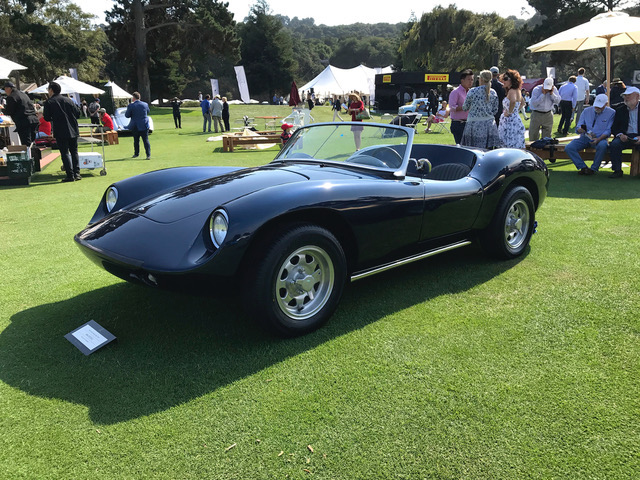
At the Quail Photo: Brian Miller
Whether true or not, the story told speaks of the Porsche powered Devin Ds beating Porsche’s own cars. This apparently did not sit well with the Porsche folks. Word on the street had any Porsche dealer selling engines to Devin losing their franchise. Undaunted Bill Devin knew Chevrolet had just developed its own air-cooled rear-engined car, the Corvair. Not only was Chevrolet’s new boxer engine air-cooled but it featured six, not four cylinders. Devin adapted the chassis to accept a modified Corvair powertrain and rear suspension bringing the Devin C (for Corvair) to life with a price tag of roughly $4,500. That life would end shortly before the close of 1964 due to market pressures. With all said and done, Devin had built 25 complete Devin Ds and 23 Devin Cs.
When asked what had originally attracted him to the Devin, Rick says, “The curves were just beautiful, even in the scrap yard. It was a Ferrari for me.” Rick had no idea what it was. He says, “If it wasn’t for the badge I never would have known.” He just saw it as an amazingly cool car. Together with the fact that he had nothing to work on at the time made the buying decision a slam dunk.
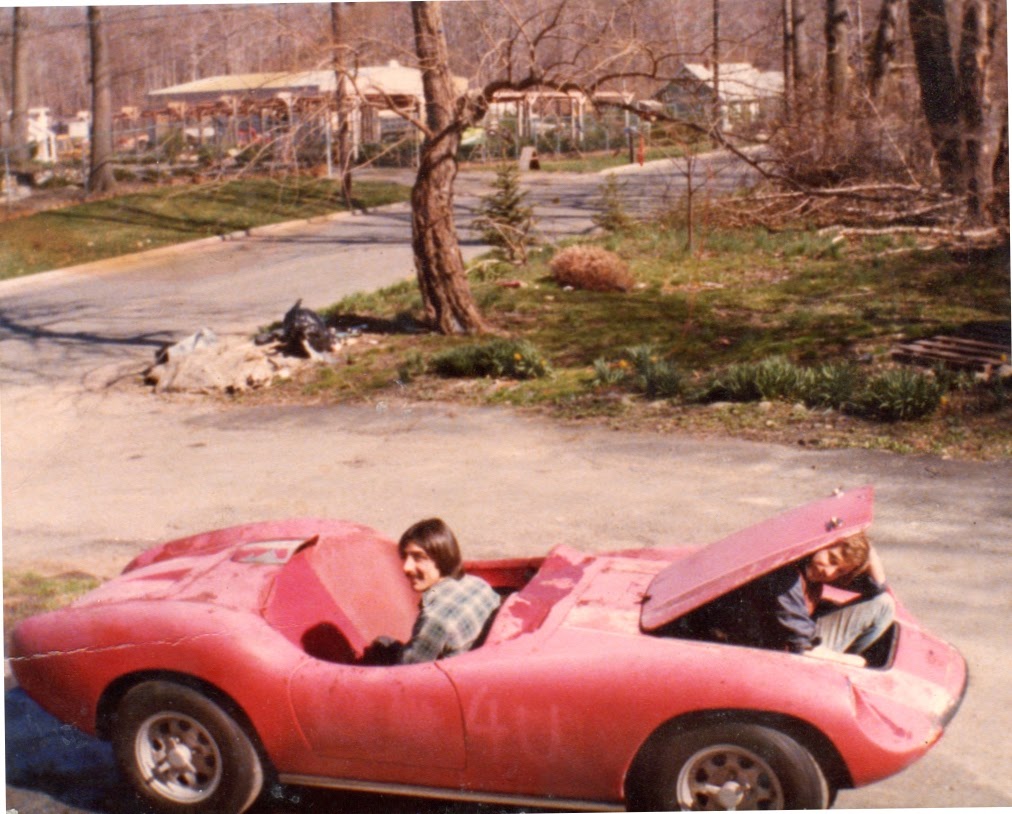
Rick under frunk lid and friend Dennis Grable during rebuild #1
By purchasing the Devin, Rick ensured he had plenty to work on for what would be a long time to come. Starting with a blown engine, a damaged front end, holes in the body created for affixing scoops to increase air flow to the engine, no seats, no windshield and a wealth of scrapes and dings his scrap yard Devin demanded a complete rebuild of the engine and a total redo of the body.
During this early rebuild period brother Bob, while driving through the neighborhood, amazingly stumbled across another forsaken Devin. This being one of the 25 Devin Ds built. Trailered home, it would serve as a very useful parts car. Rick says, “That second Devin is where the seats came from as well as the hood, the trunk lid and both doors.” Bob with a self deprecating laugh acknowledges that he cannot believe that with the needed parts scavenged he threw the rest away.” With a shrug he says, “Who knew?”
An interesting bit of accidental provenance research came about when Rick realized that his serial number “D.C. 1-6” had no buyer notation in the Devin company records. In these days of 17 digit VIN#s, Rick’s Devin serial number is a pointed reminder of how things have changed, as if we needed a reminder, since the mid-20th century.
In later years Rick with the help of respected Devin authority John Priddy concluded that Rick’s car had been on display at the 1964 New York Auto Show and that it had been sold at the show. This explains a couple of facts. One it explains how Devin serial number D.C. 1-6 got to New York from L.A. Secondly, all of the other Devins except Ricks D.C. 1-6 had names next to the serial number indicating the purchaser. As Rick says, “Bill Devin was a great guy but not necessarily a great record keeper. He sold mine at the New York show and never recorded the buyer.”
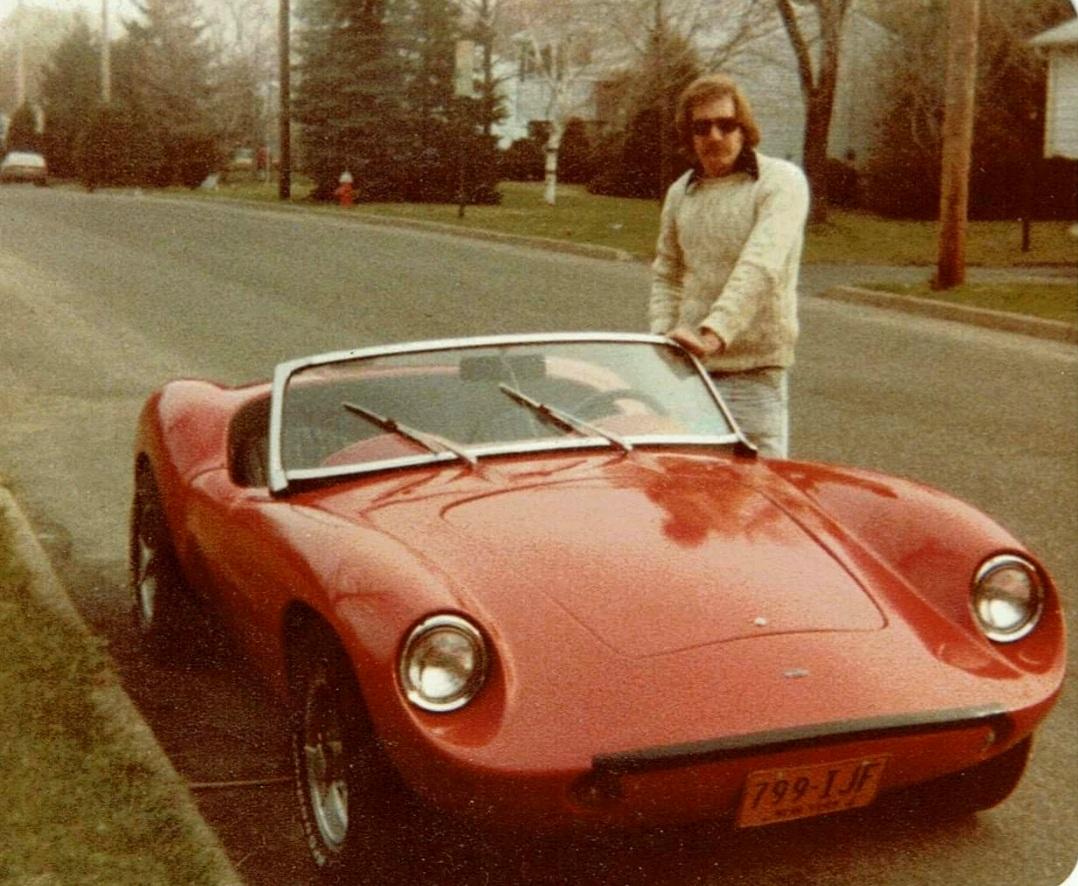
Rick and rebuild #1 in 1975
Picking up the story in 1974, Rick enjoyed the fruits of his first rebuild and drove his red Devin until 1979 when he got married. His new family responsibilities banished the Devin to a distant corner of Rick’s life where it sat untouched until 2000 except for a brief period of operation in 1989.
With the arrival of the new millennium, Rick set about to do a second rebuild. With all good intentions but little time, the process would extend to about 15-years. In 2005 the Devin, now pretty much gutted, received the Chrysler Patriot Blue paint that still shows well today. Over the next ten years all the internals received the attention Rick would have liked to have lavished much quicker. With all the bills to show, Rick totally rebuilt a 1967 Corvair engine. Machined .040 over with a 288° cam and four Rochester 1-barrel carburetors, it delivered 140 horsepower.
When asked about the speed and stability of his completed Devin, Rick, admitting to achieving 110 miles per hour, responded with brutal honesty, “At 110 miles per hour stability is horrible.” Weighing in at breathtakingly light 1240 pounds Rick actually welded in a piece of Volvo truck chassis forward of the front suspension as a location to mount the battery and add weight.
Almost simultaneously with completion of the second rebuild, Rick received notification from co-chair of the Devin Registry, Brian Miller, that for Pebble Beach 2017, Devin would be the honored marque. He asked if Rick could attend with his Devin.
Rick says, “I immediately contacted Bob and he was all in. I was thrilled to be able to share this experience with my brother.” Rick started road testing his Devin the week before shipping it to Pebble Beach.

Bob and Rick Austin at Pebble Beach
In describing his Pebble Beach experience at the Quail Rick does not hold back. He says, “It was the most amazing event in my life. The number of phenomenal vehicles was simply astounding.” He goes on to say, The people were lovely. The food was fantastic.”
In assessing the crowd response, Rick first acknowledges that Devins adorned with numbers and stripes drew a decidedly younger group of admirers. As he describes it, his Devin with its dark blue, more reserved, presence drew the attention of an older demographic. However, Rick says, “Regardless of age everybody looked at all the Devins on display.”
Back home Rick enjoys his Devin as his daily driver pretty much weather be damned. While he acknowledges that, today, any kid with a built up Honda Civic can go faster, Rick says, “My little Devin stands tall as the most exhilarating car I have ever driven.”
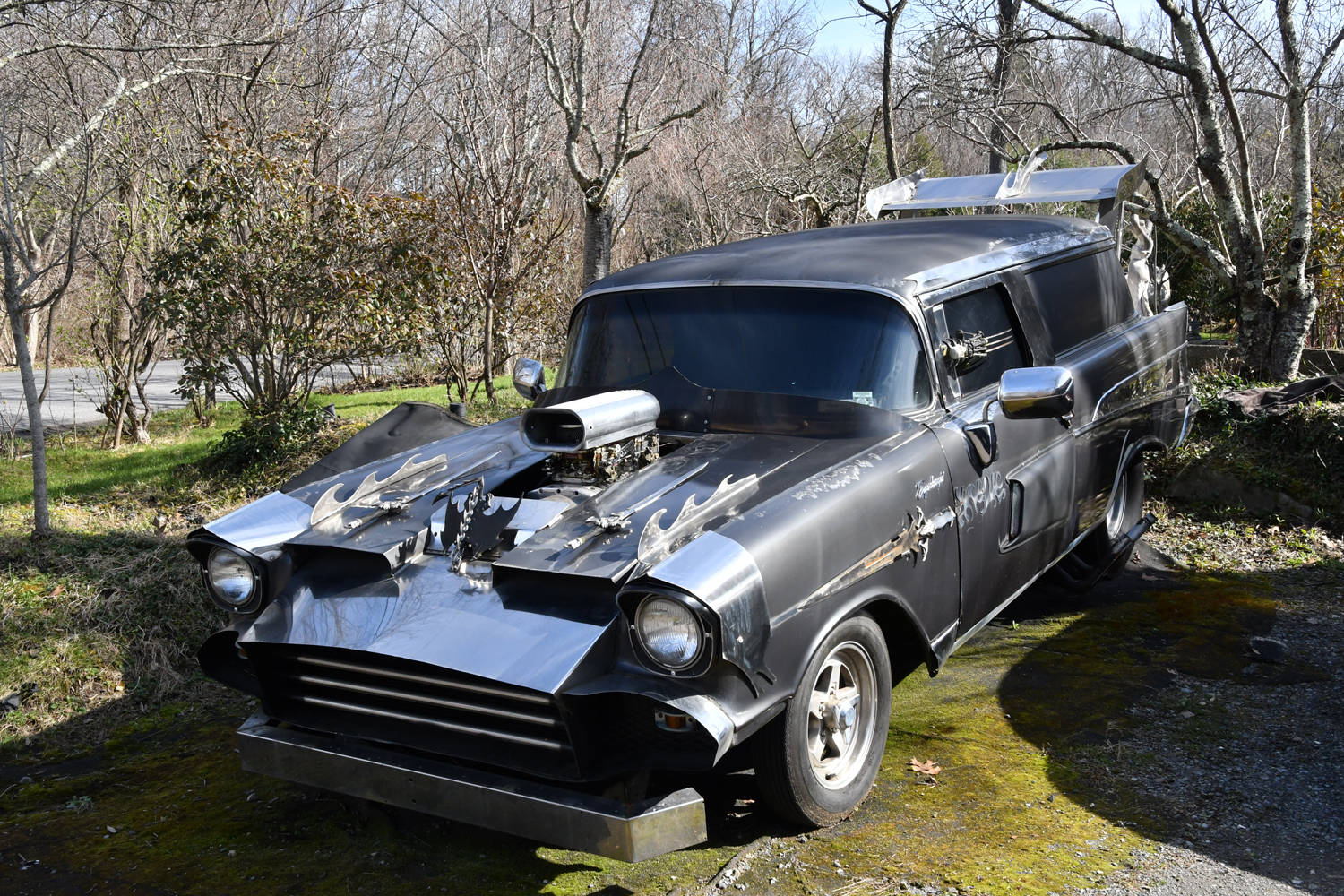
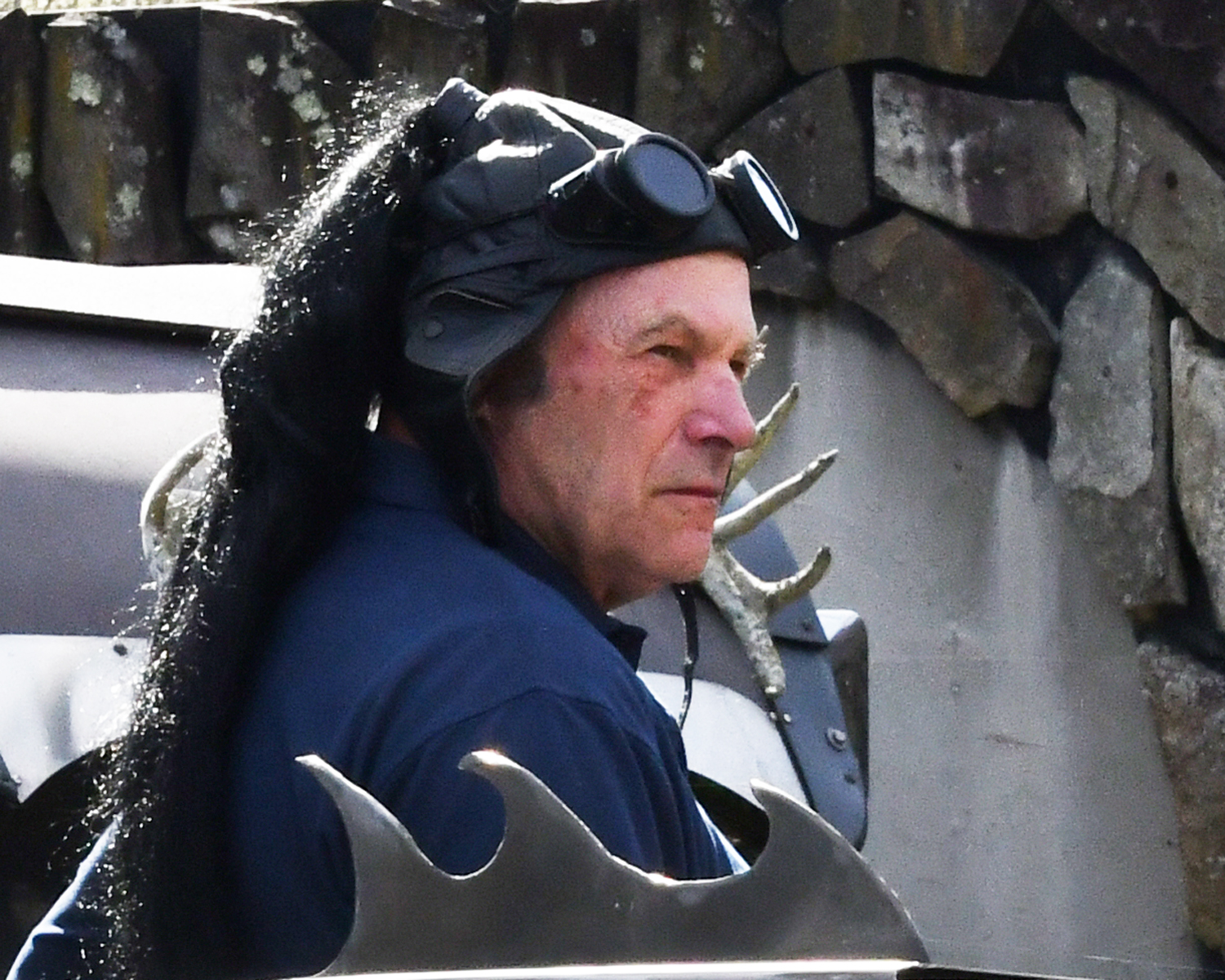


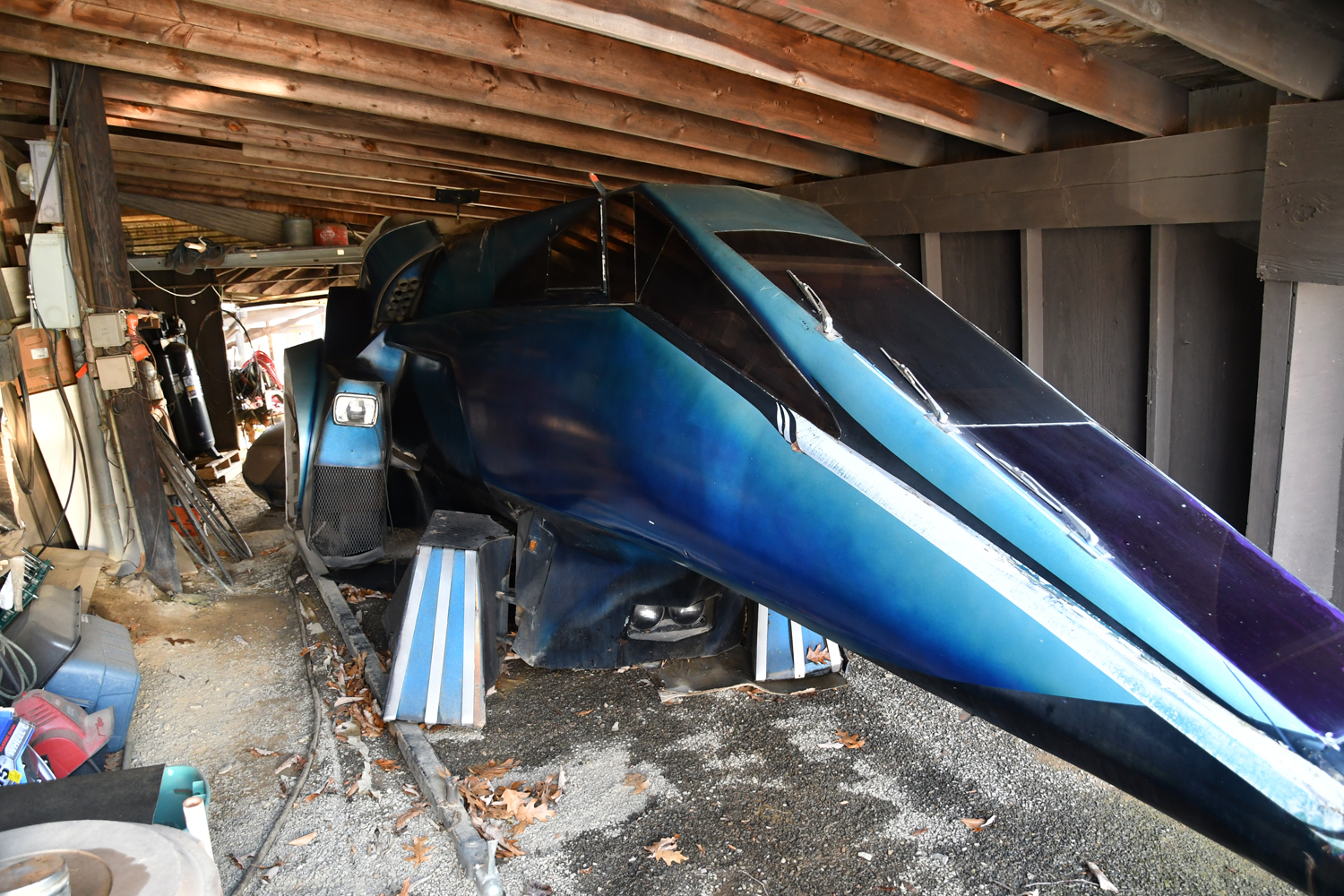
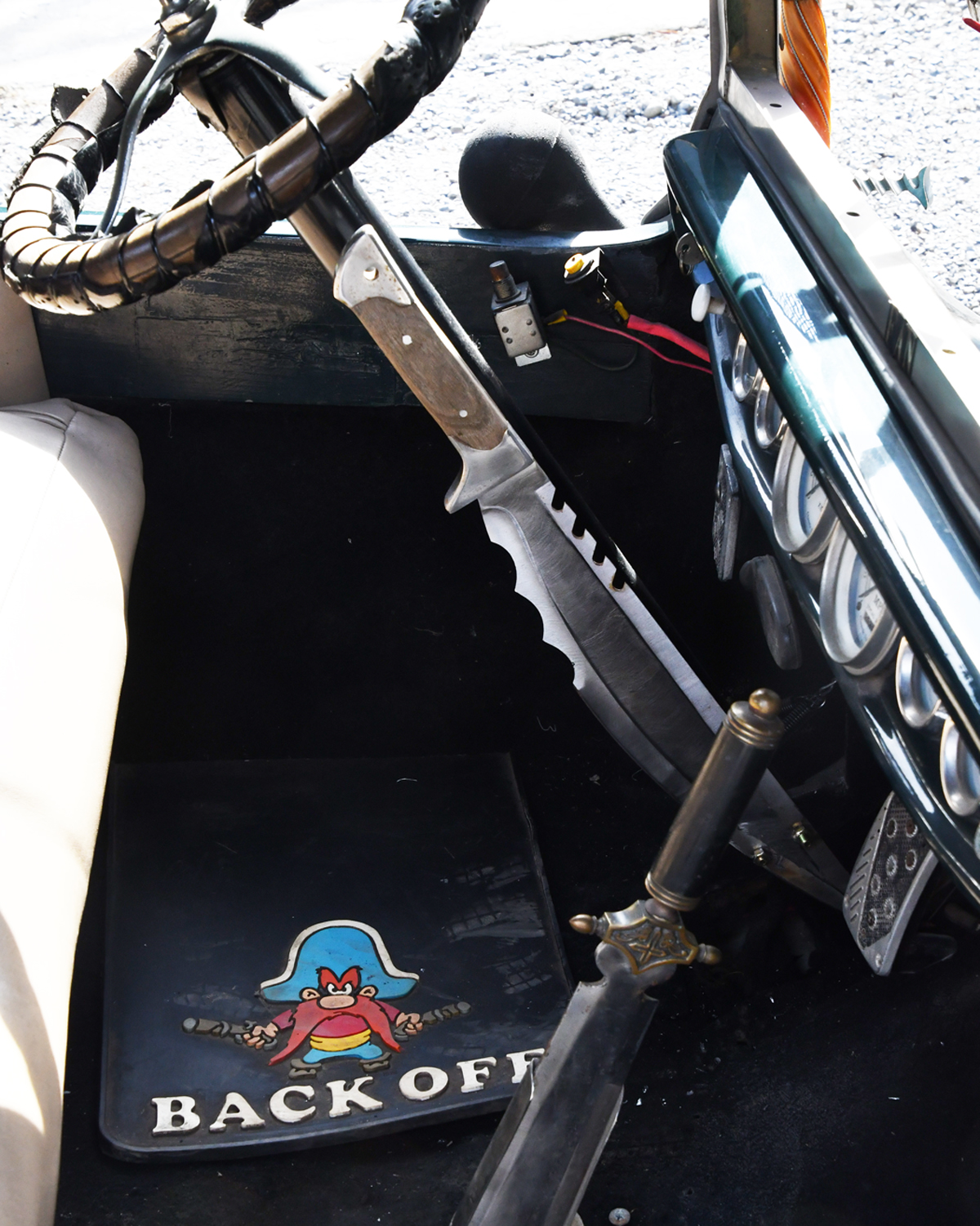
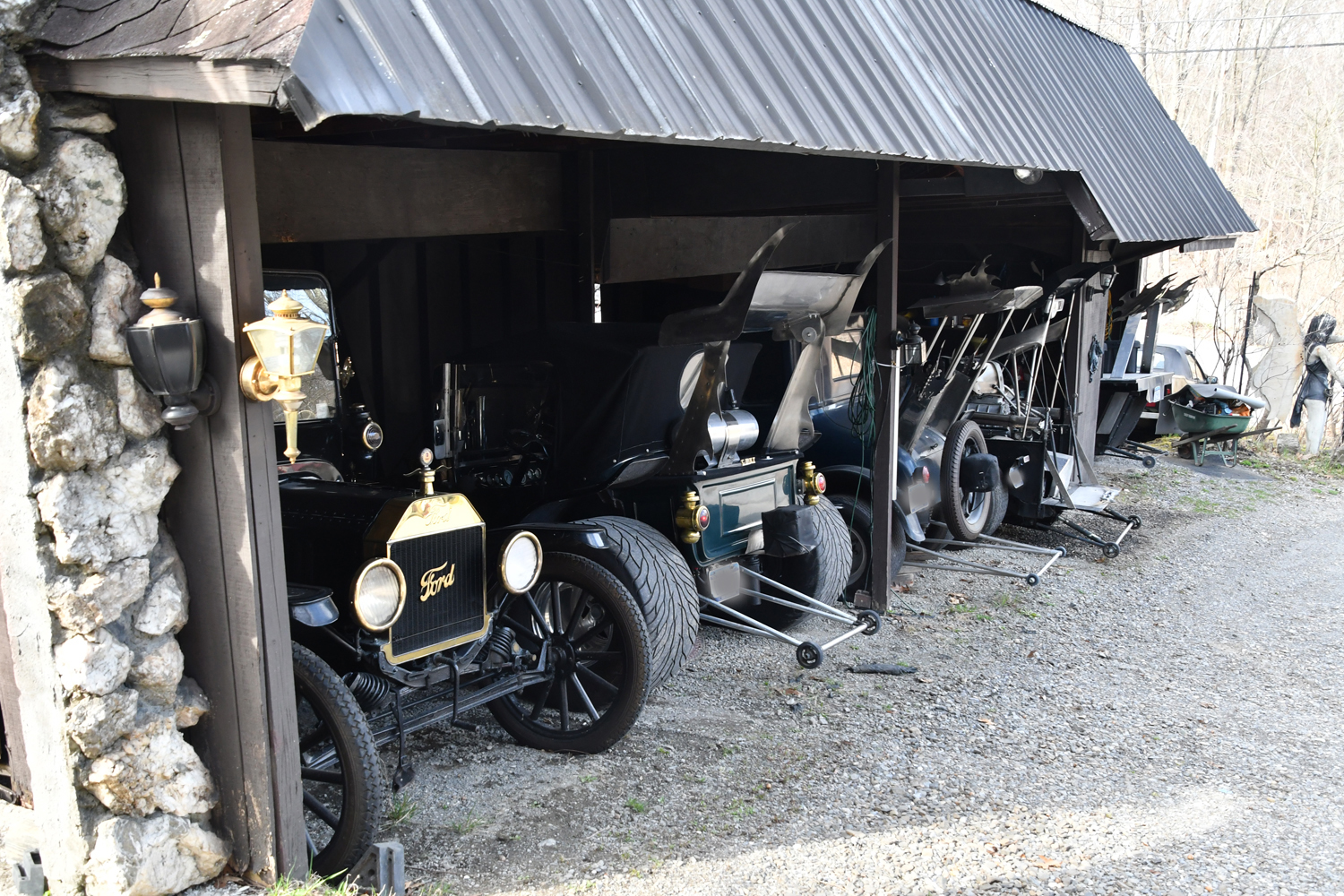
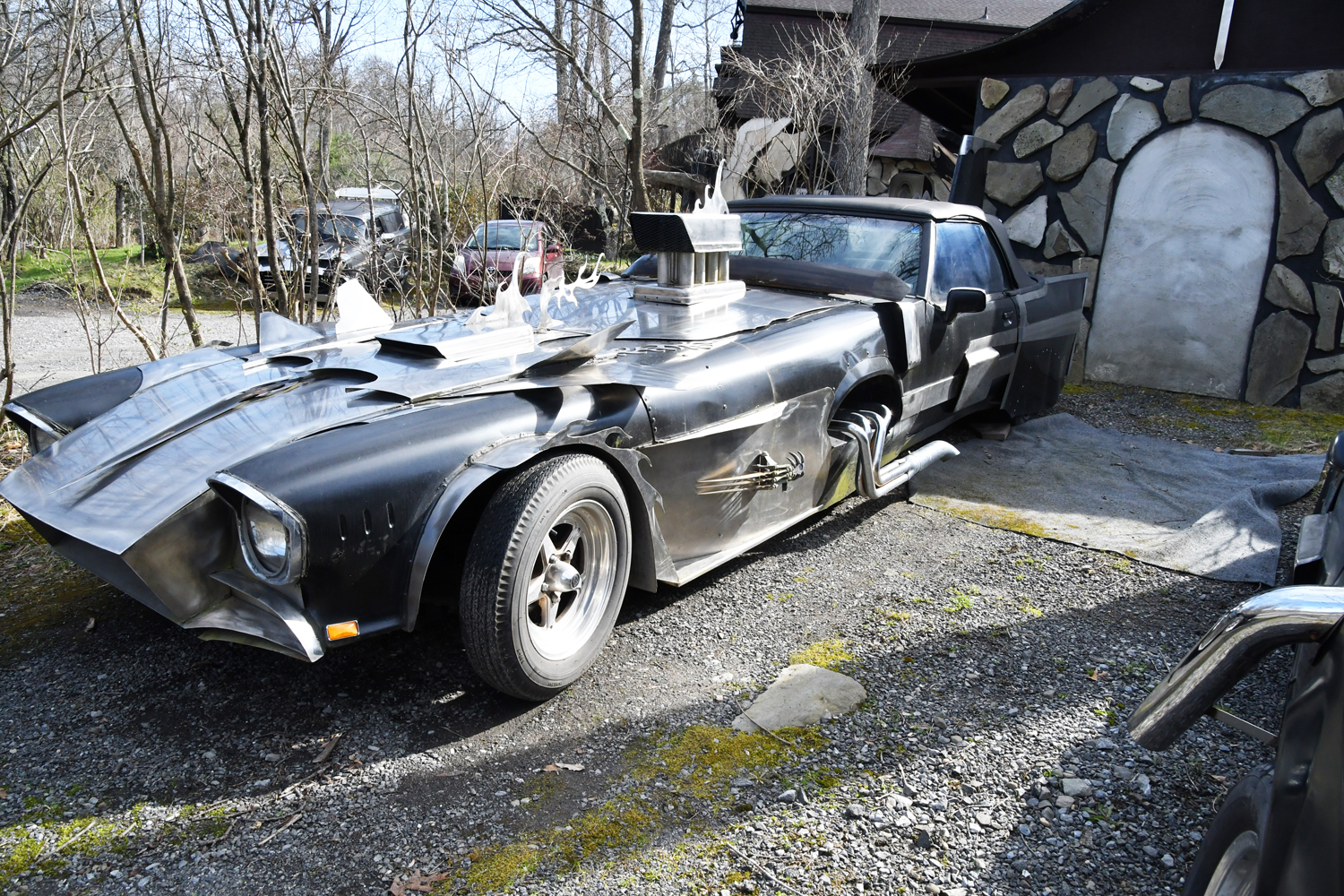

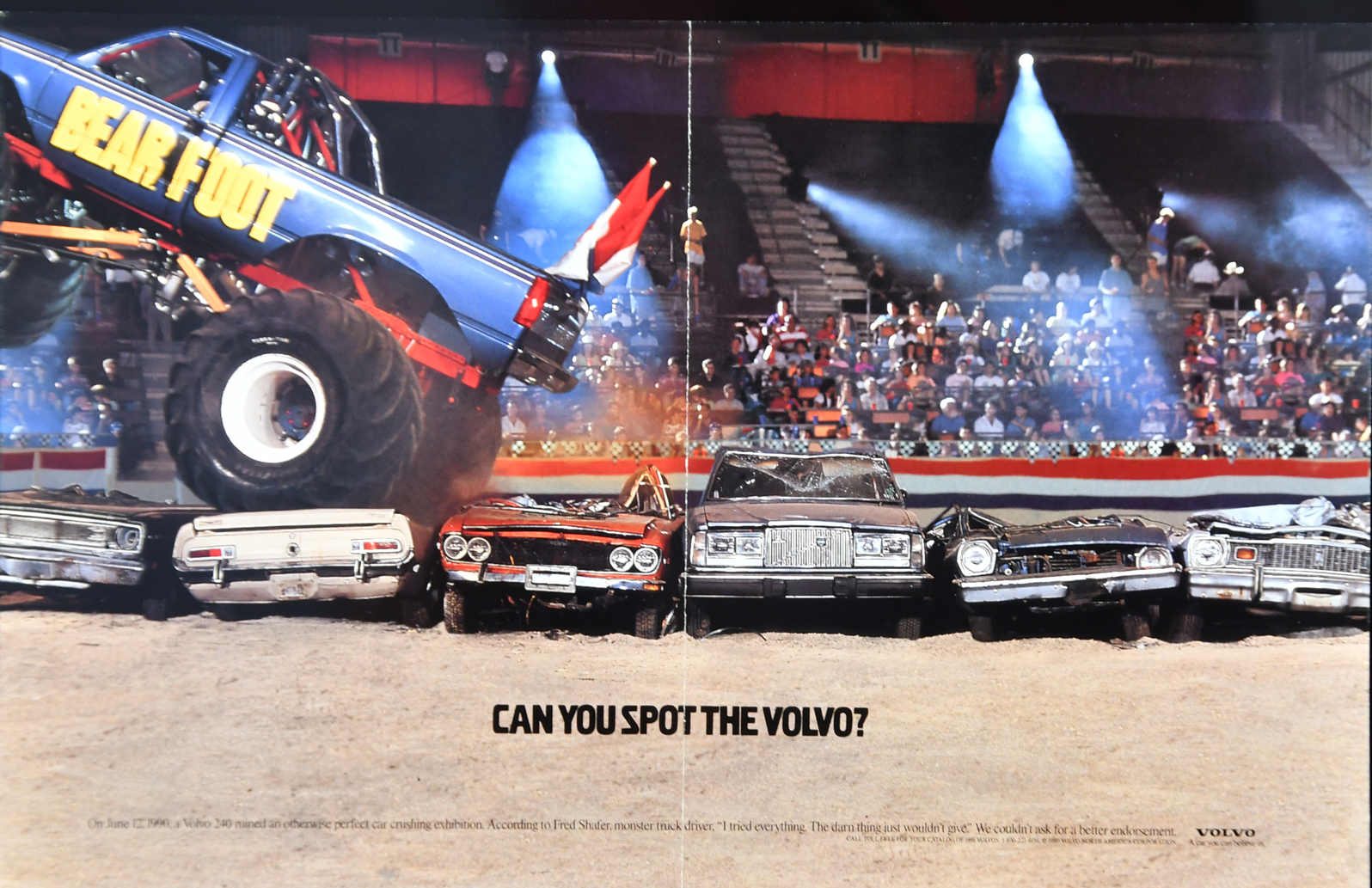
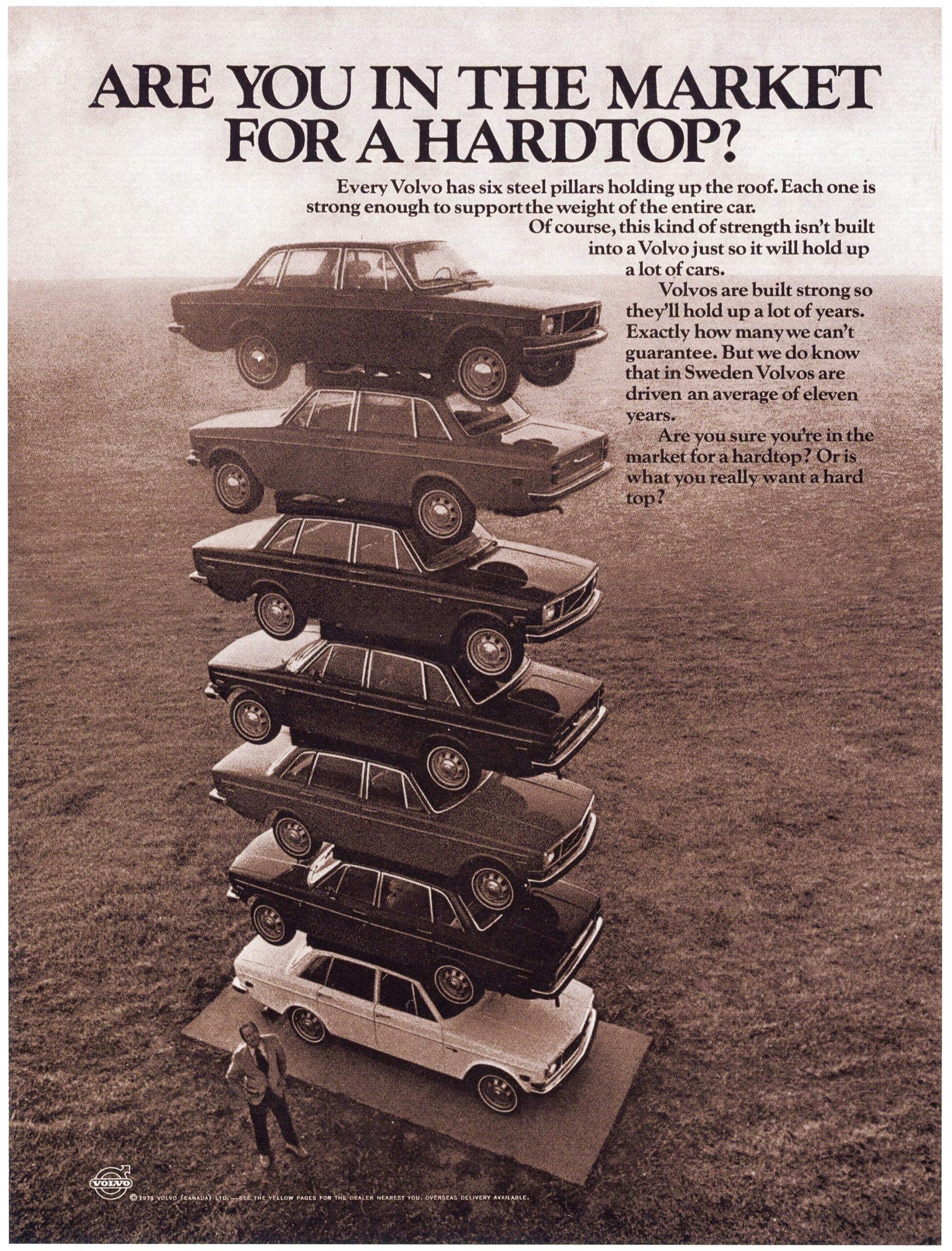
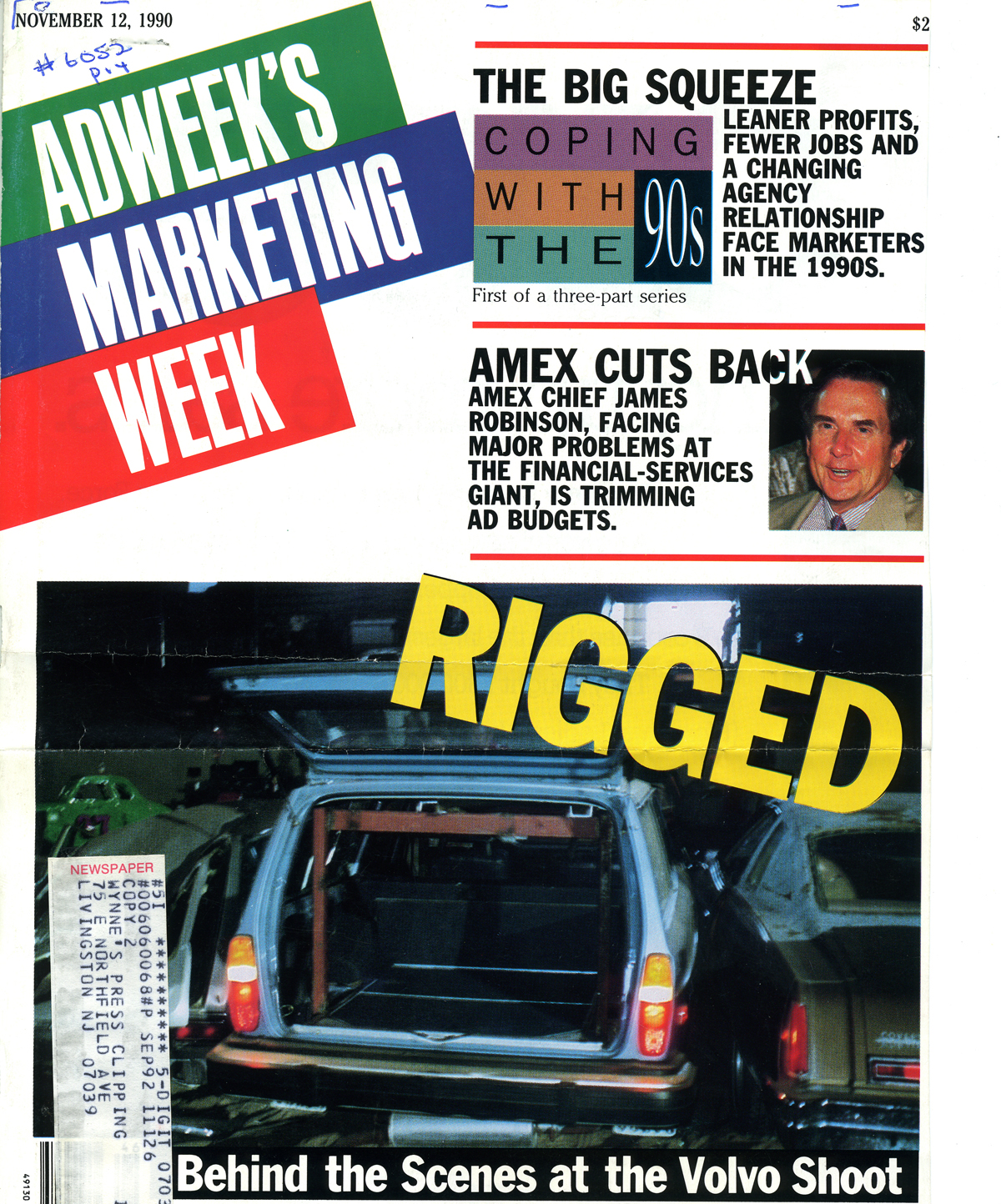
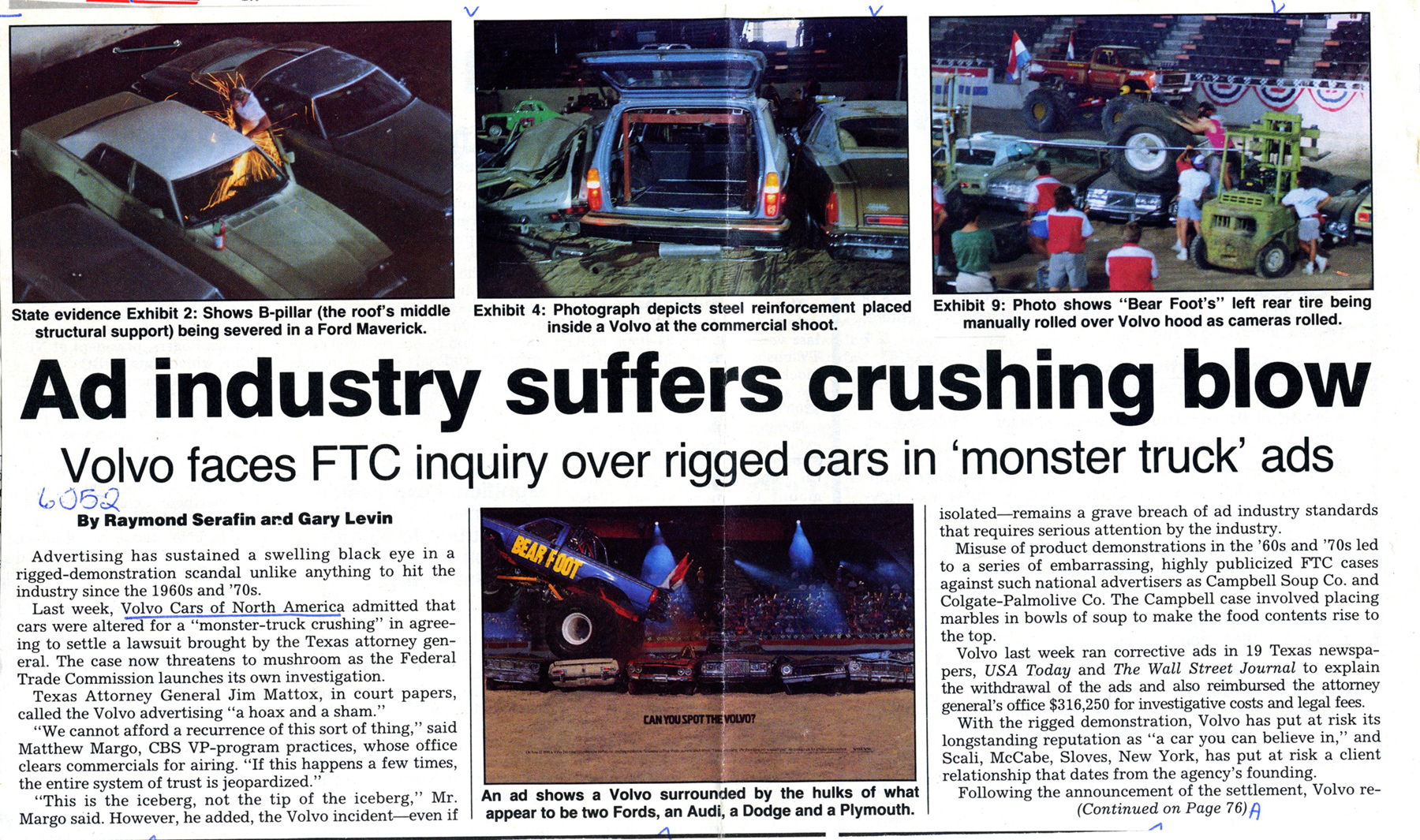
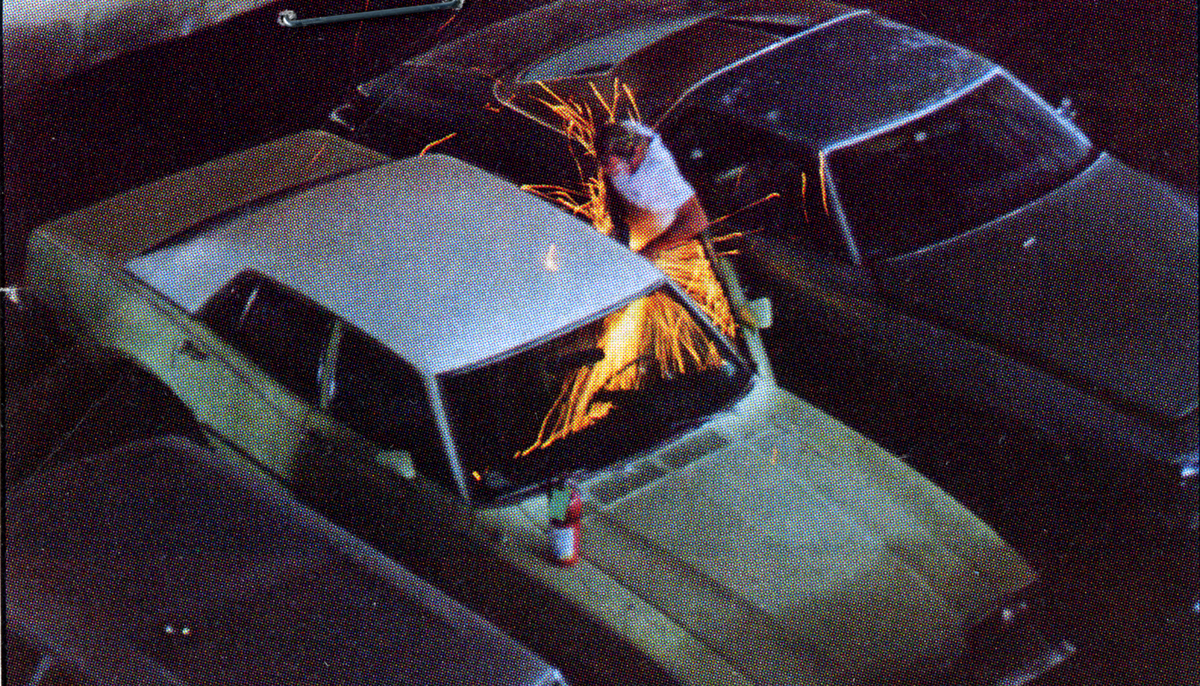
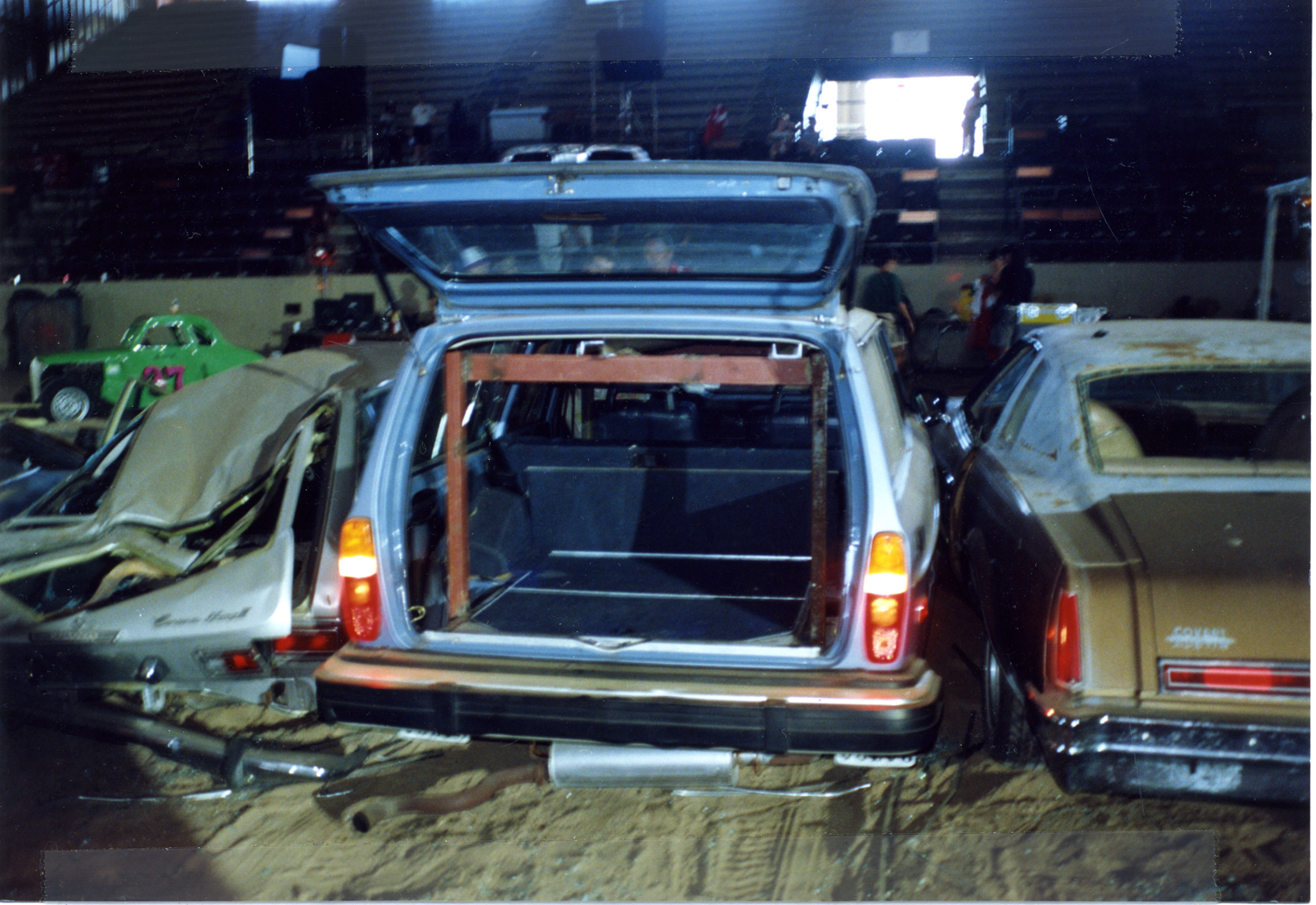
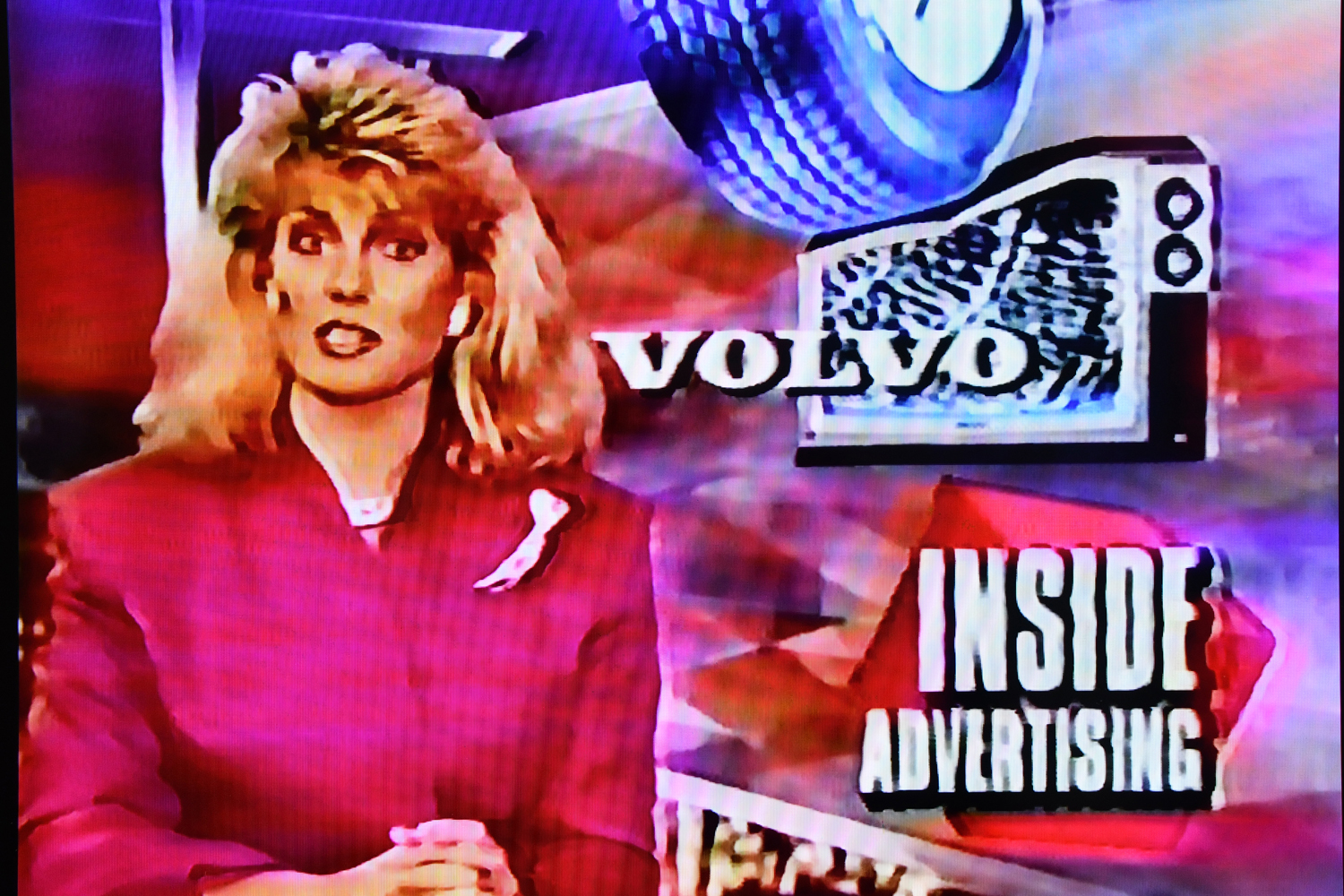
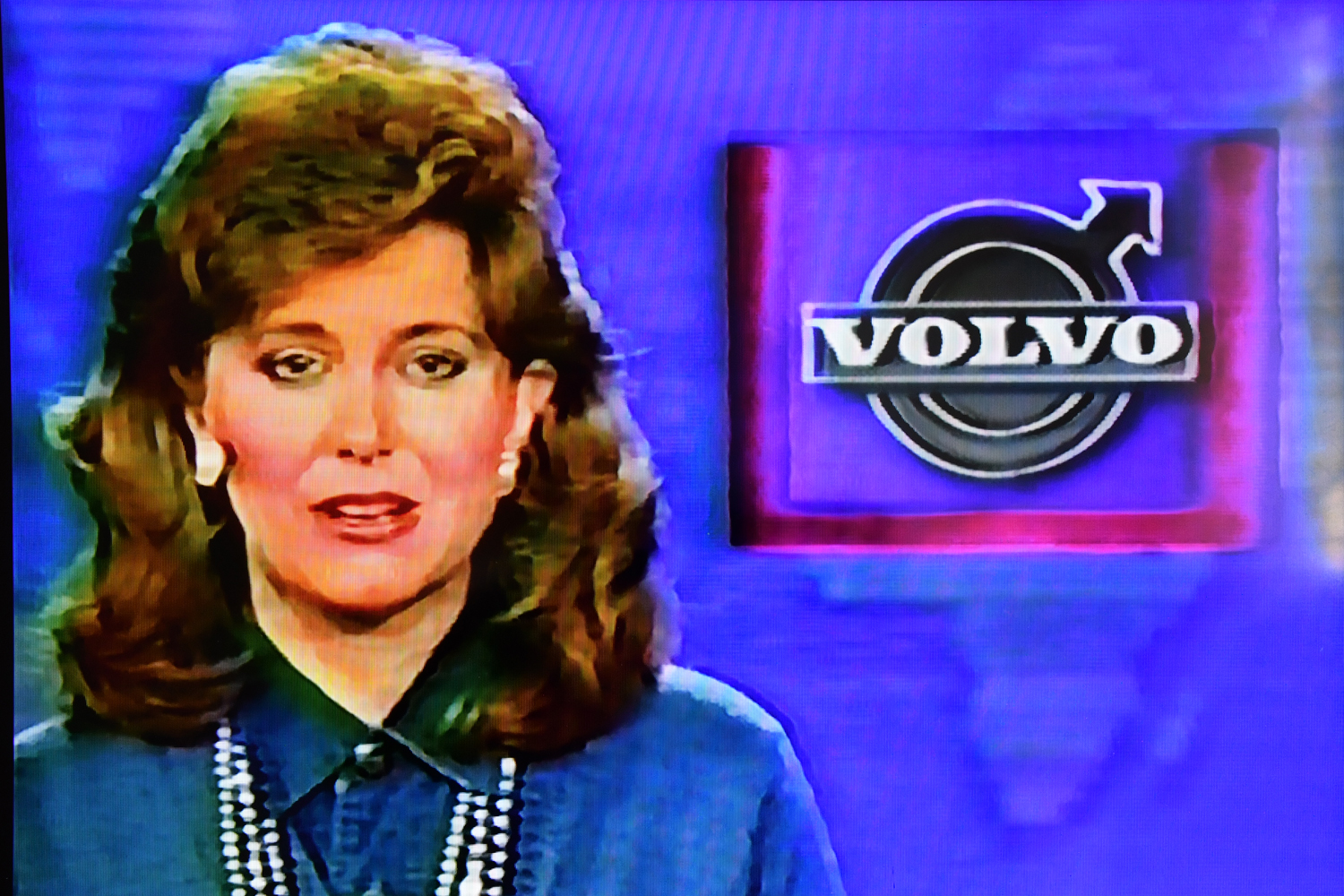 the Volvo brand or its people. All agreed.
the Volvo brand or its people. All agreed.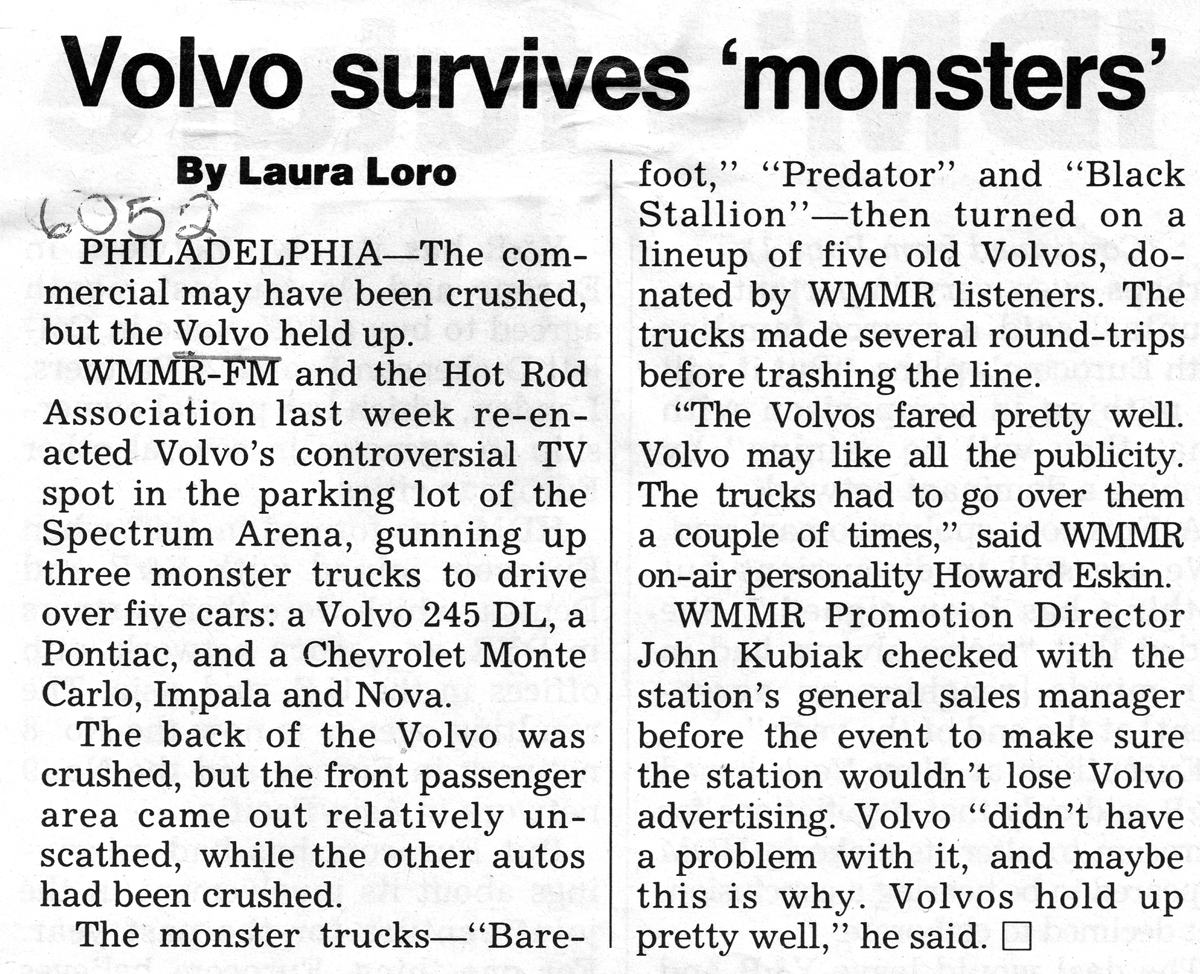
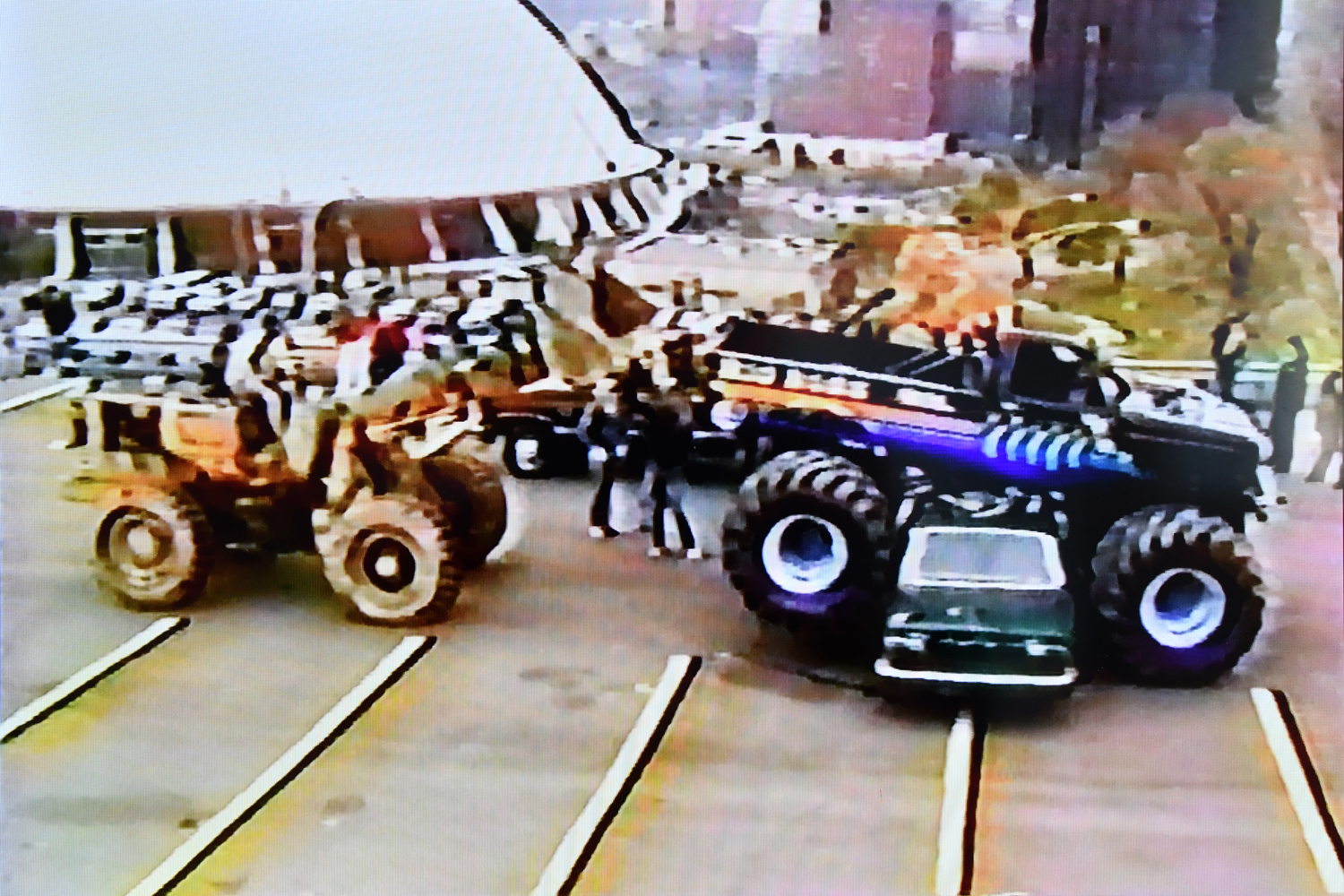
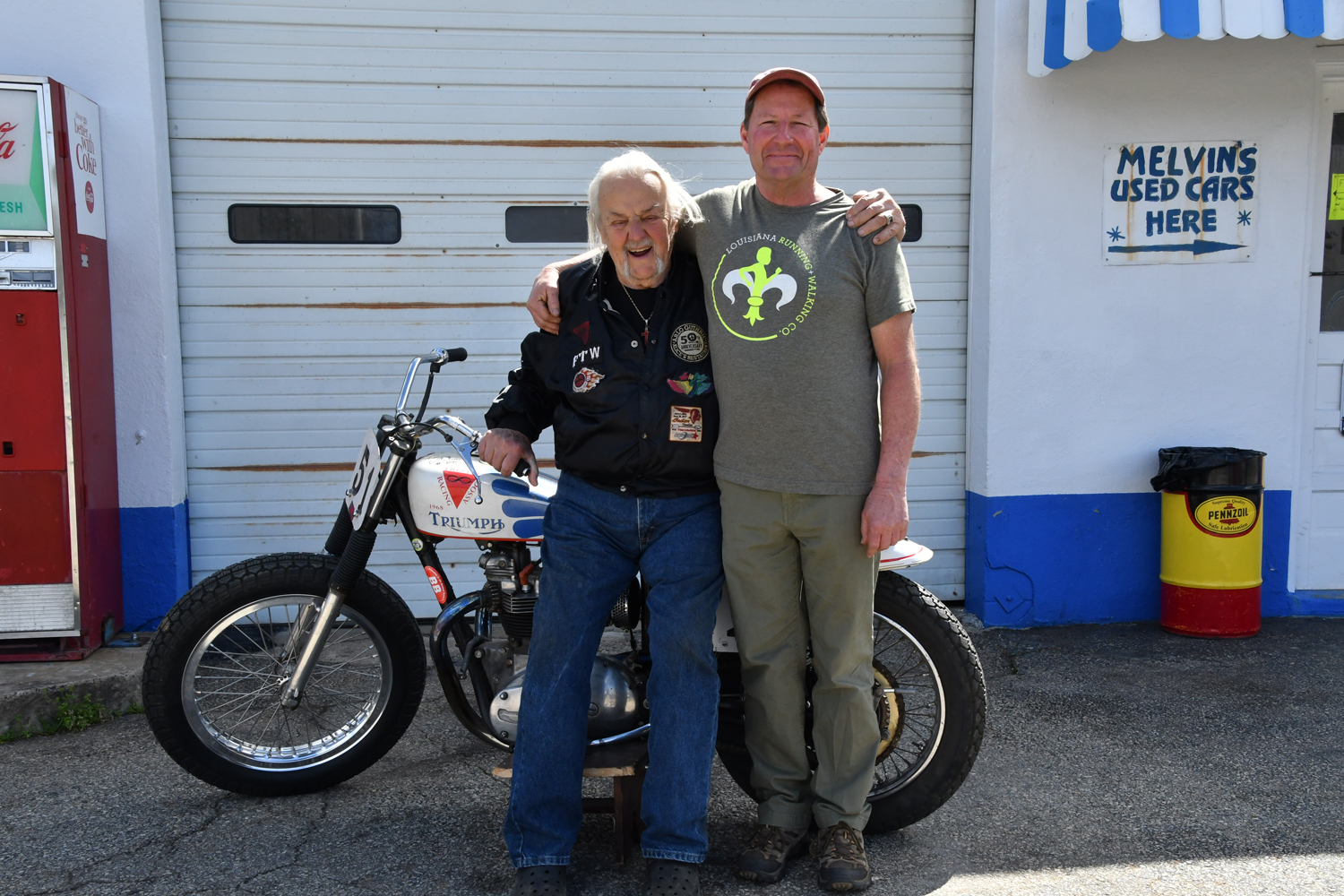
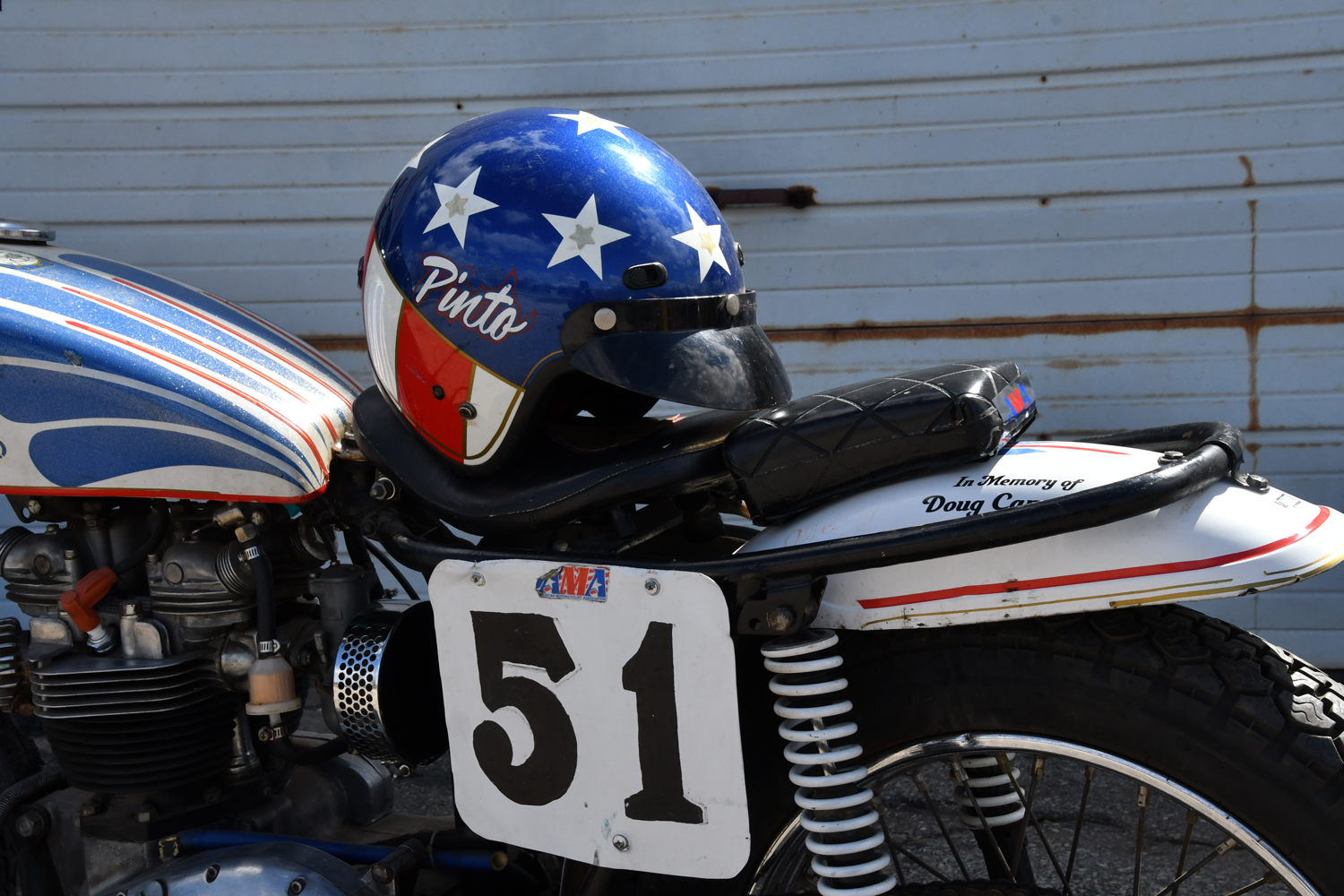
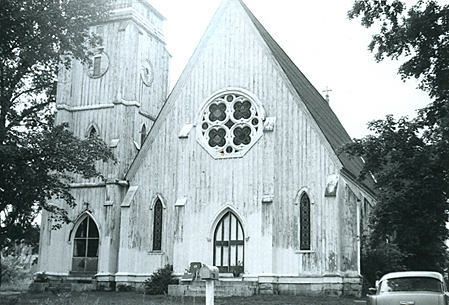
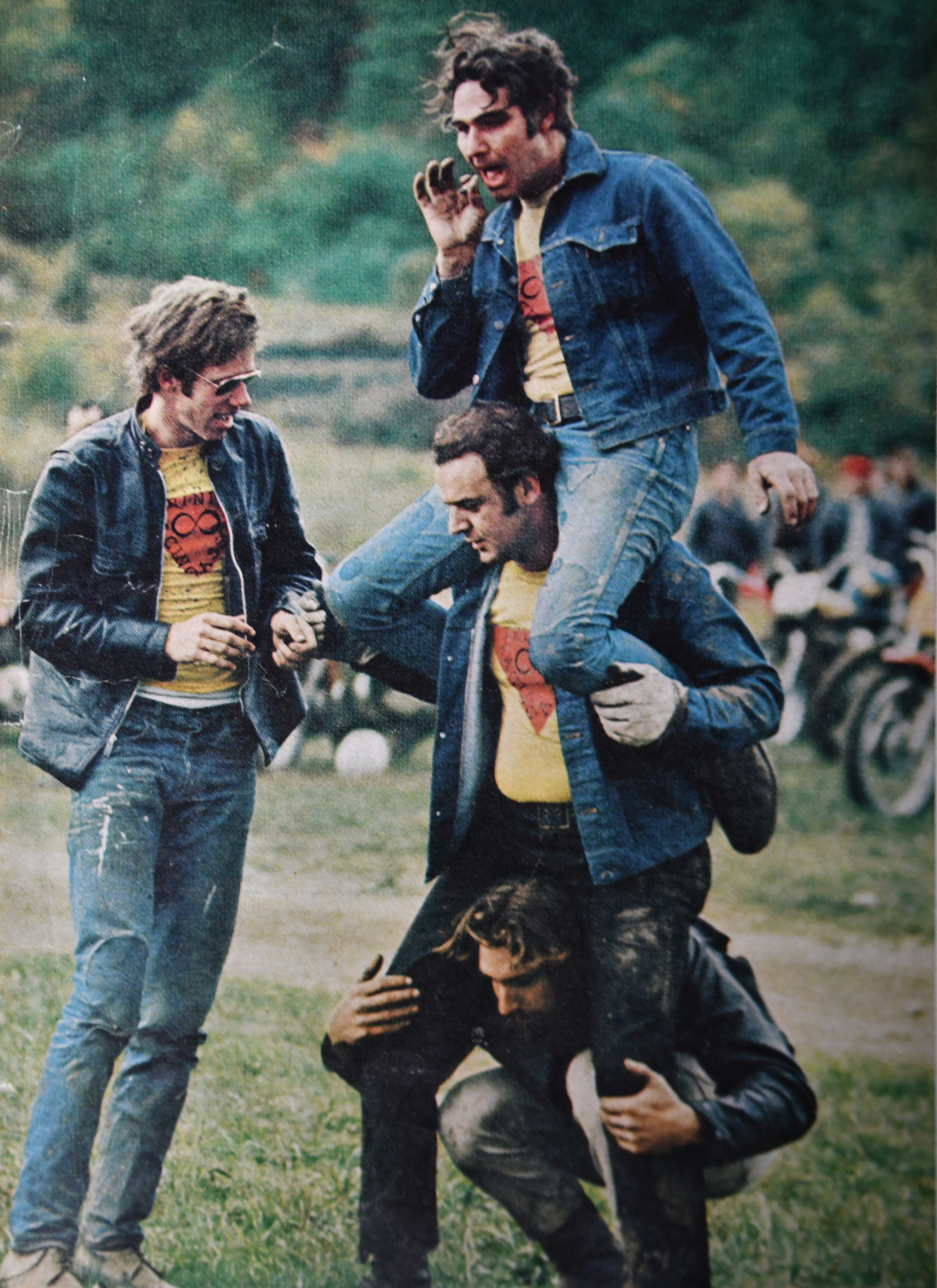
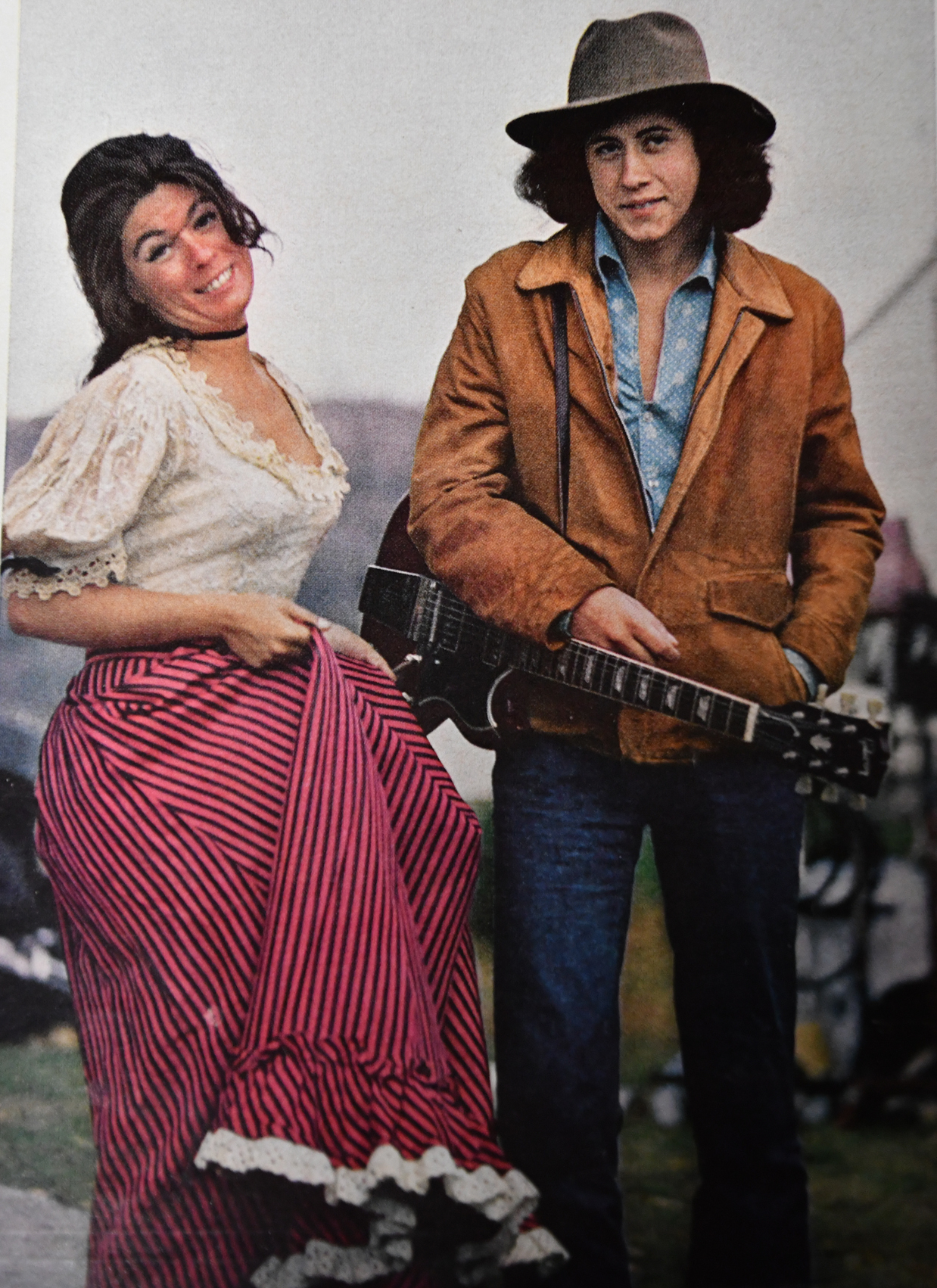
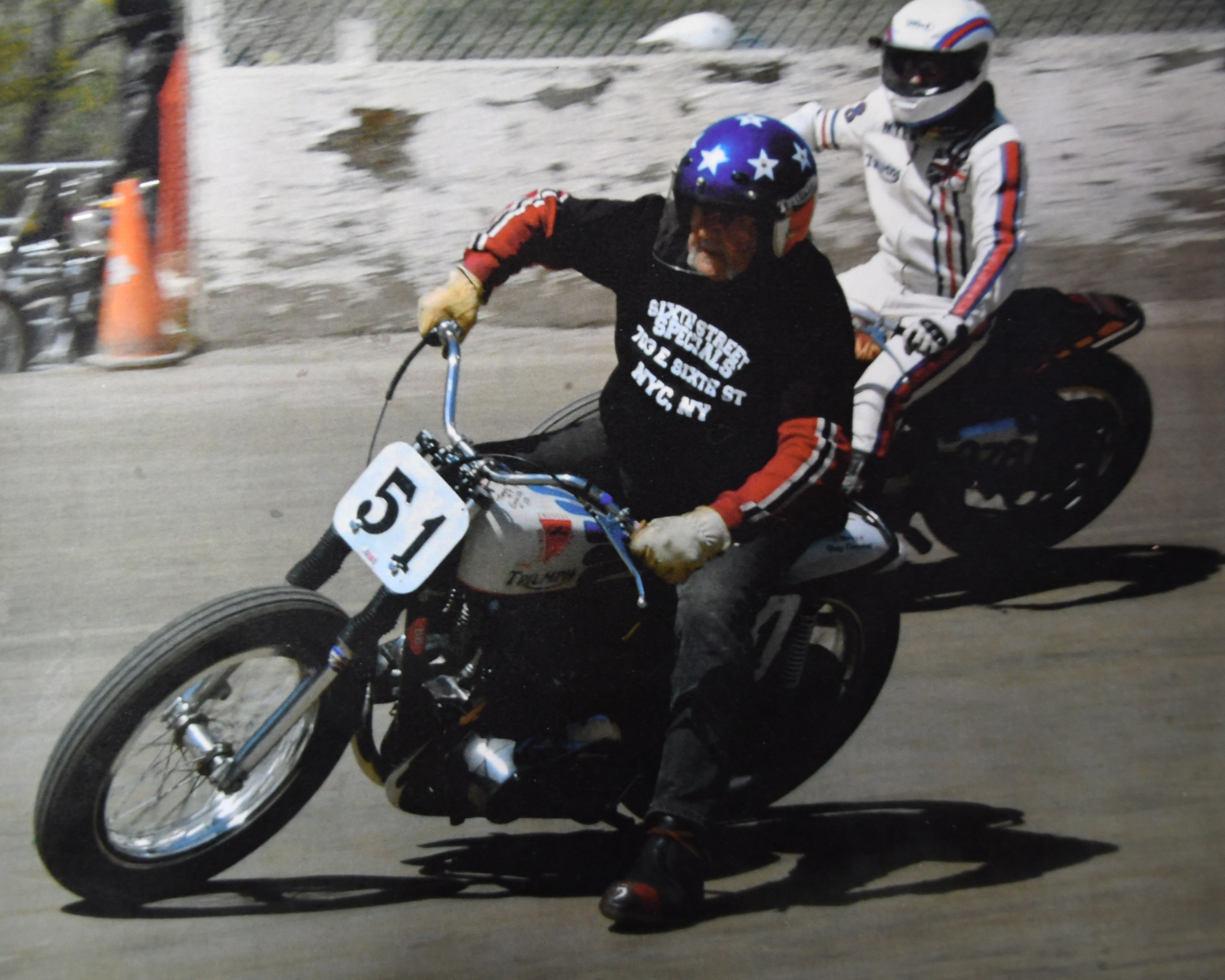
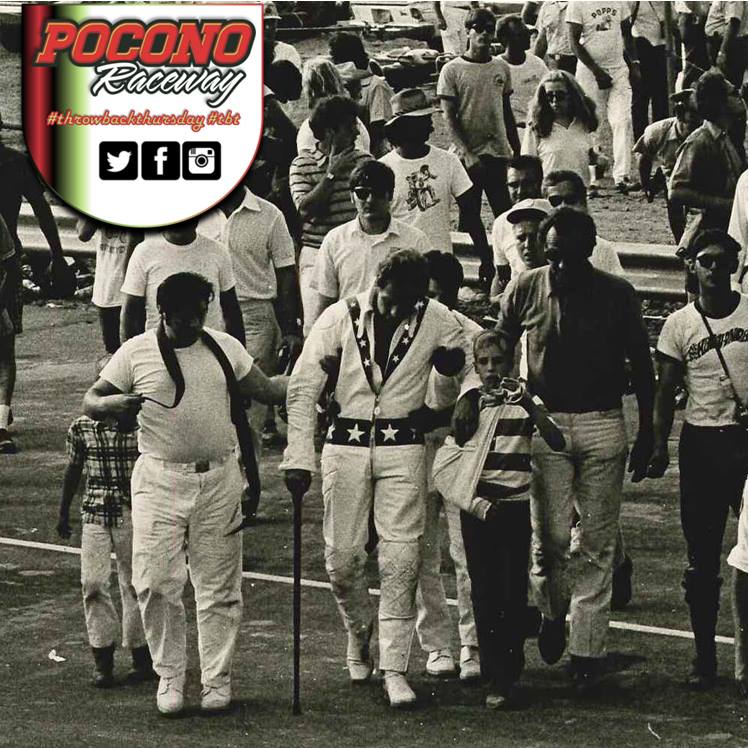
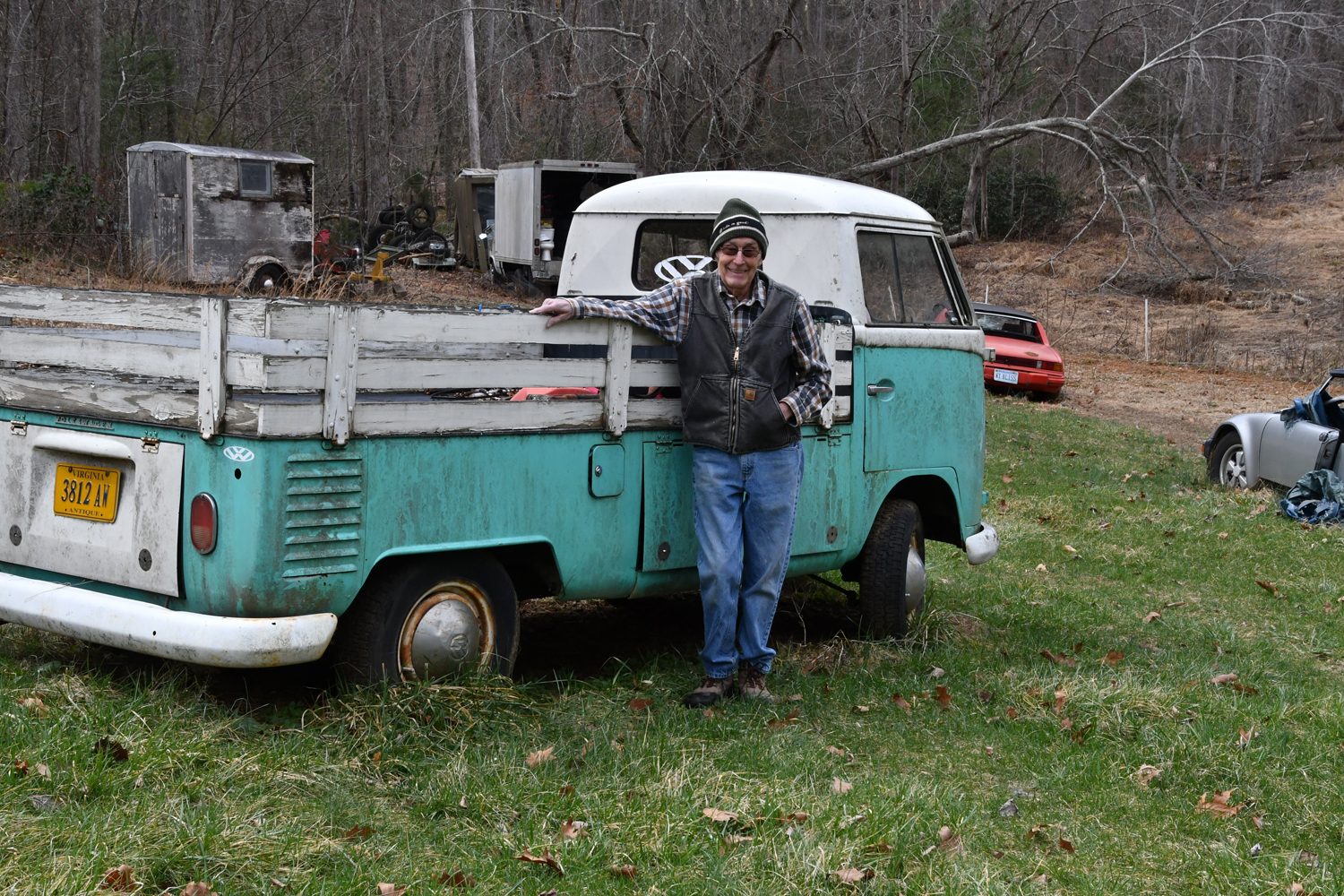
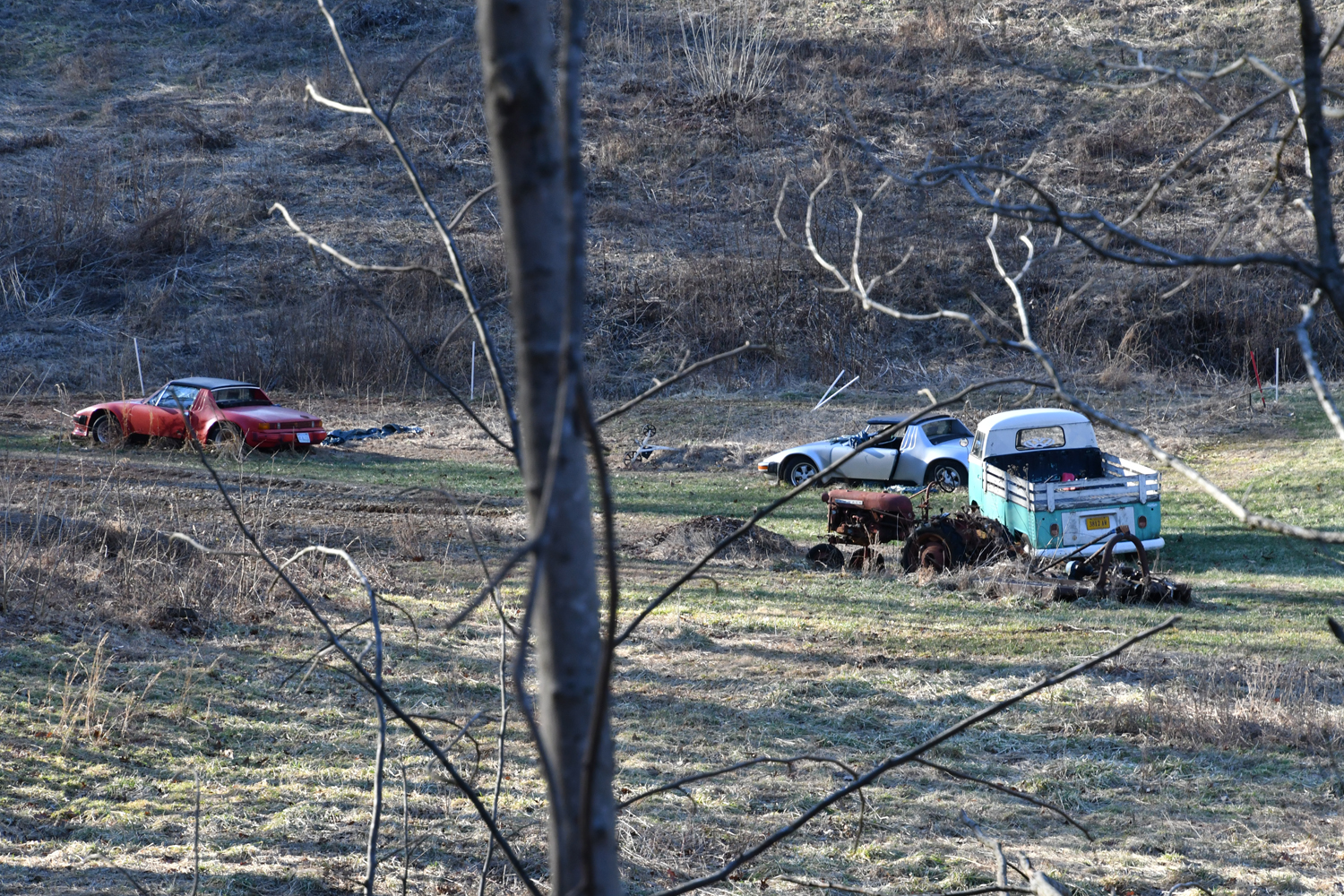 My determination took me down to the base of the steep slope in search of answers and access to the, apparently, once loved but now forlorn trio. I snaked my way along a narrow descending dirt road that brought the field closer. Arriving at a rustic country home, I sought someone capable of answering the question ”what’s the story behind the orphans in the field?”
My determination took me down to the base of the steep slope in search of answers and access to the, apparently, once loved but now forlorn trio. I snaked my way along a narrow descending dirt road that brought the field closer. Arriving at a rustic country home, I sought someone capable of answering the question ”what’s the story behind the orphans in the field?”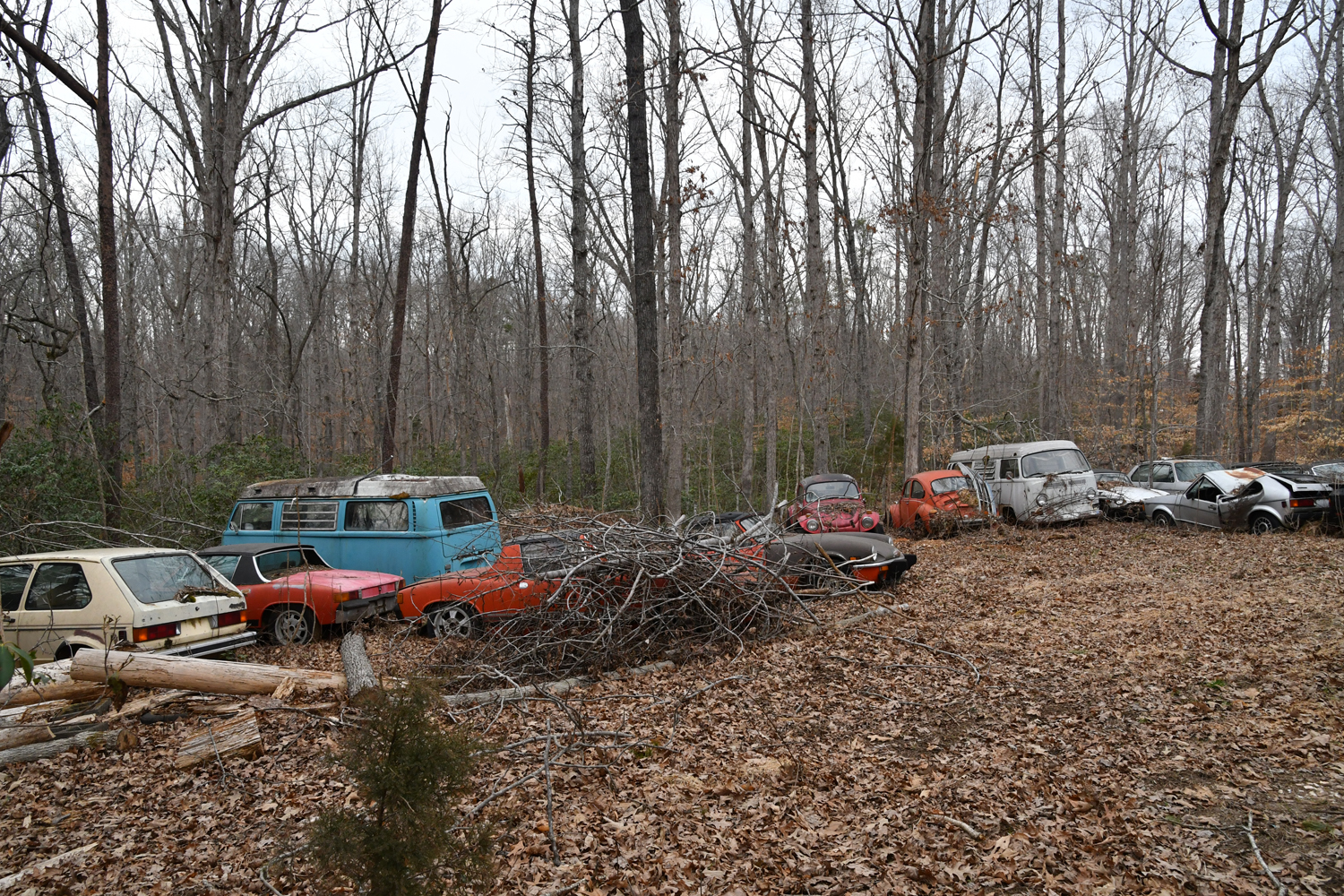
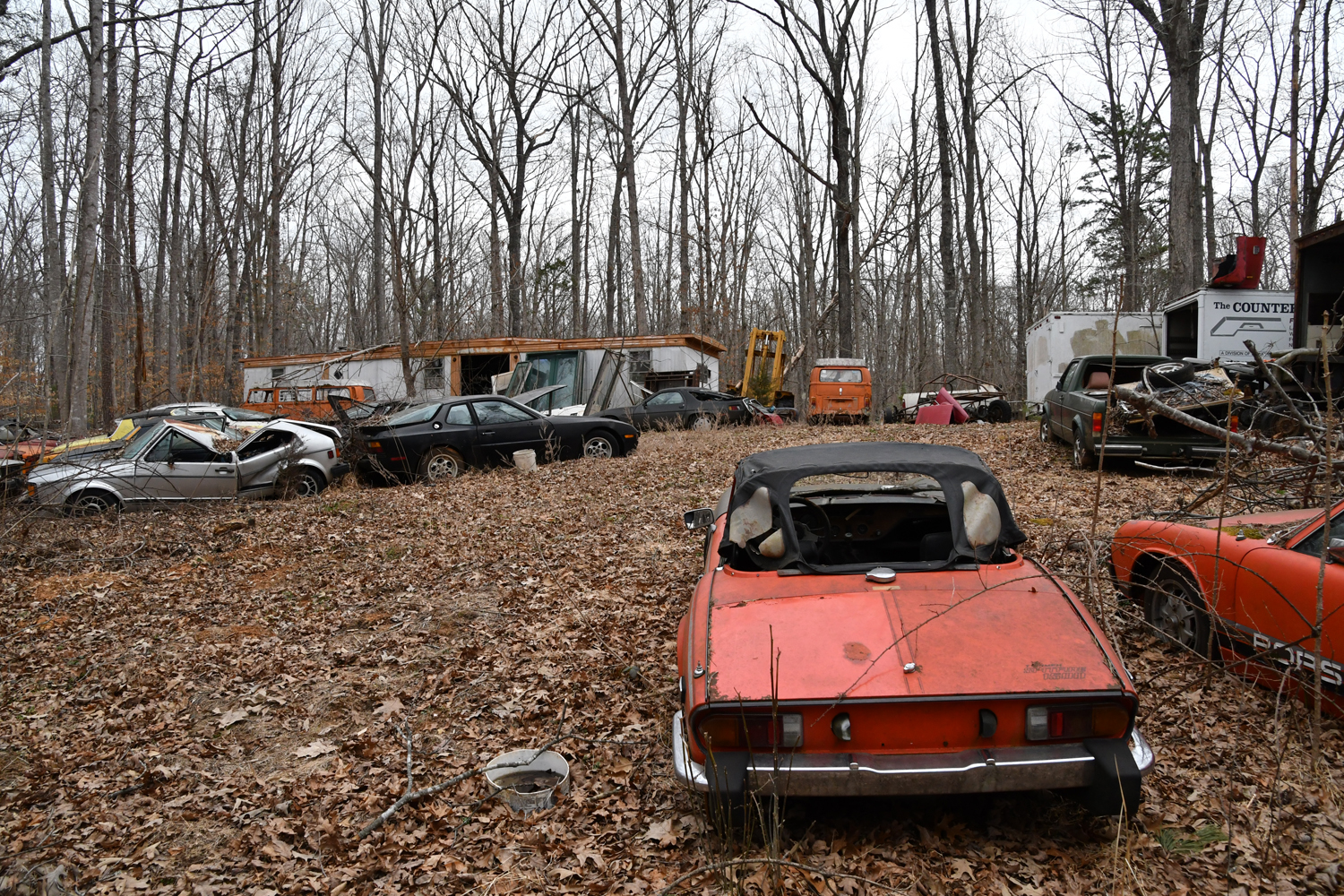
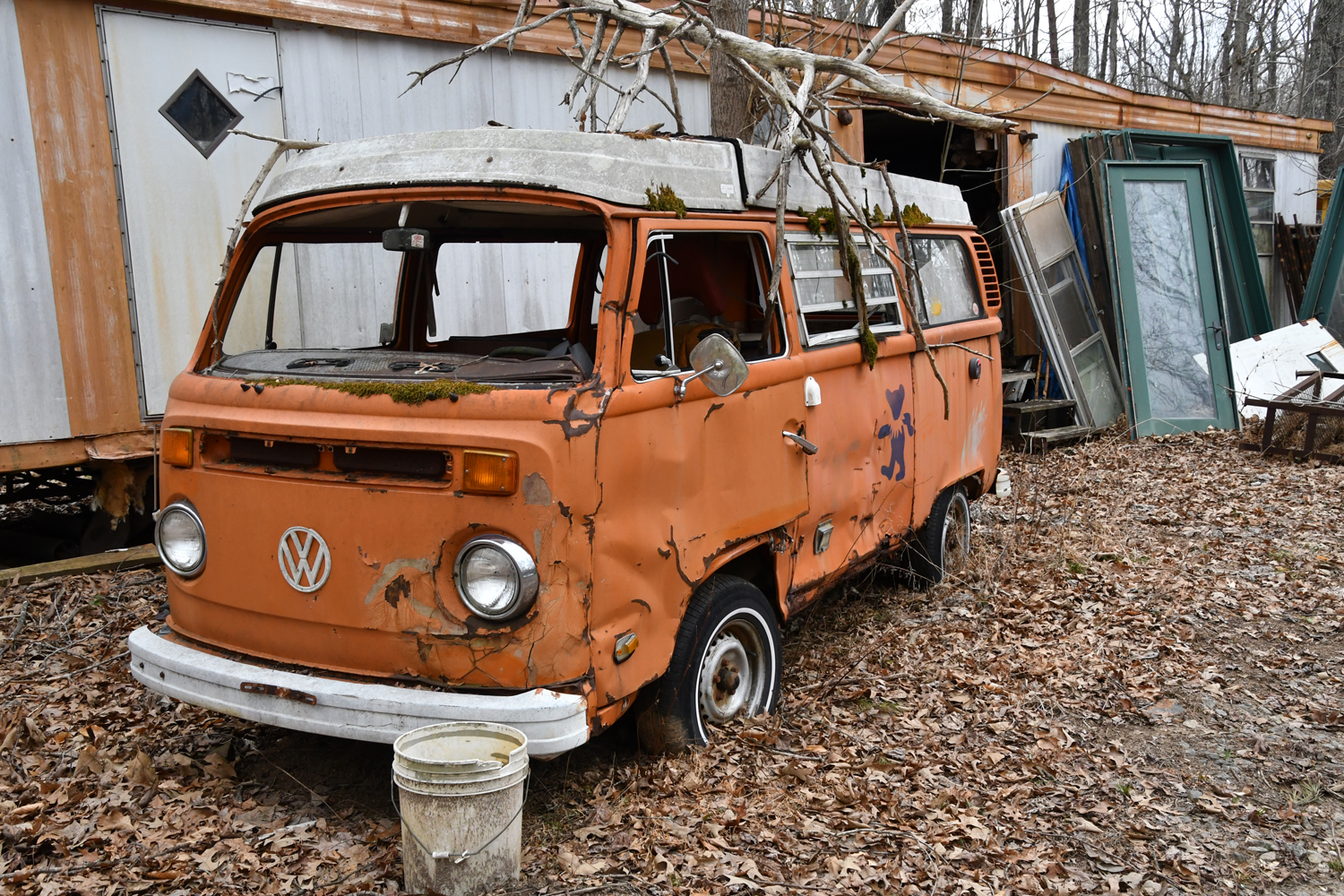
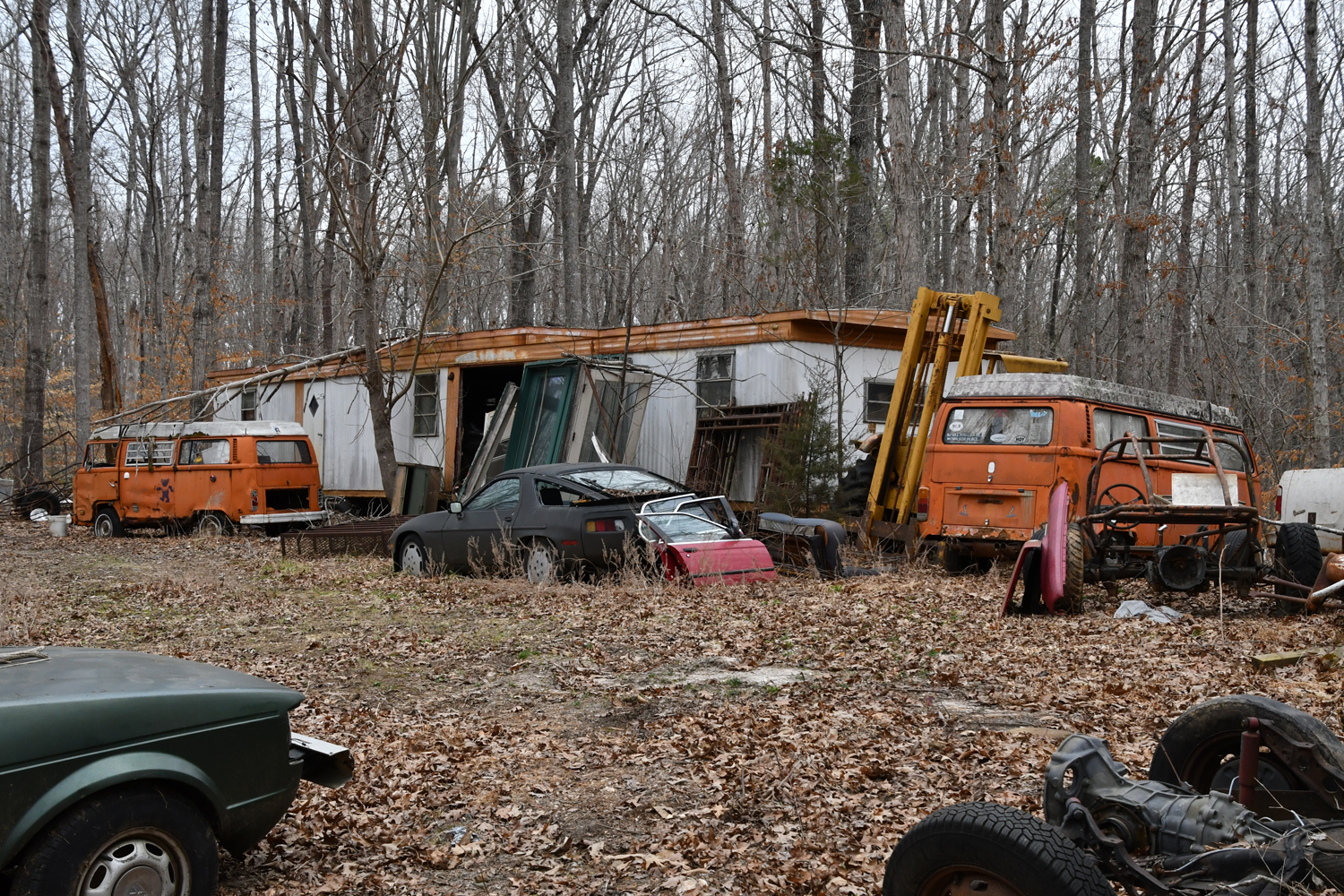
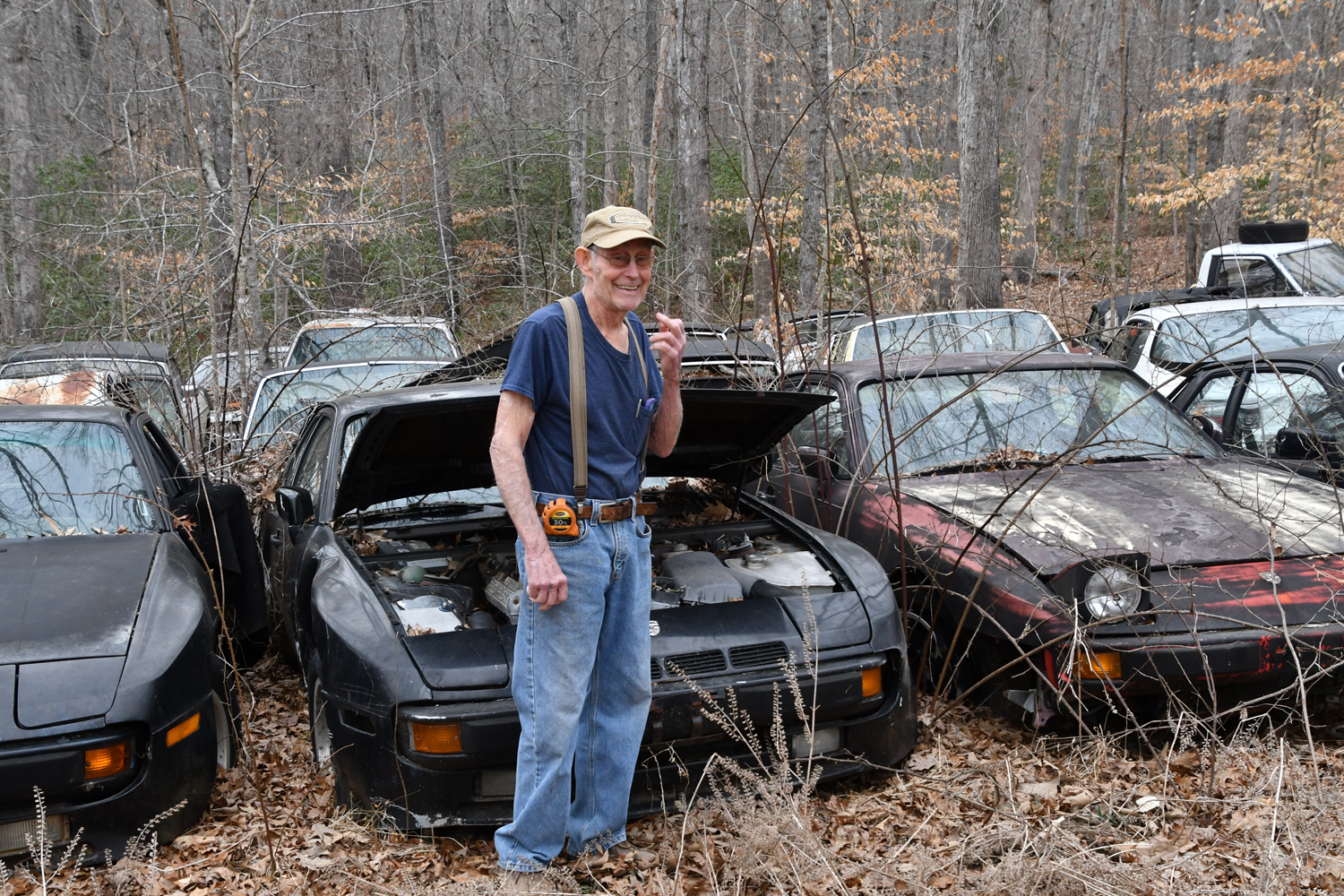
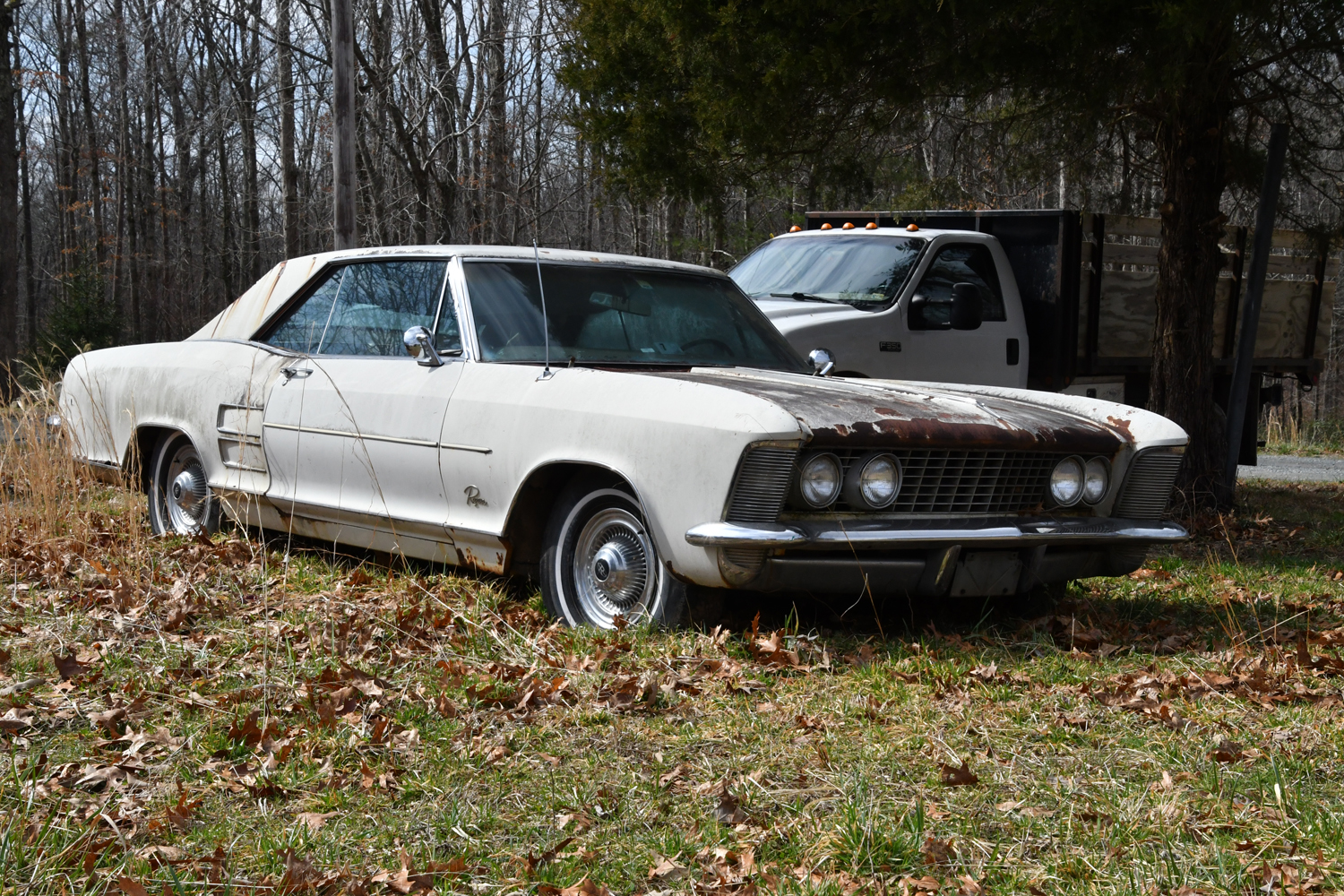
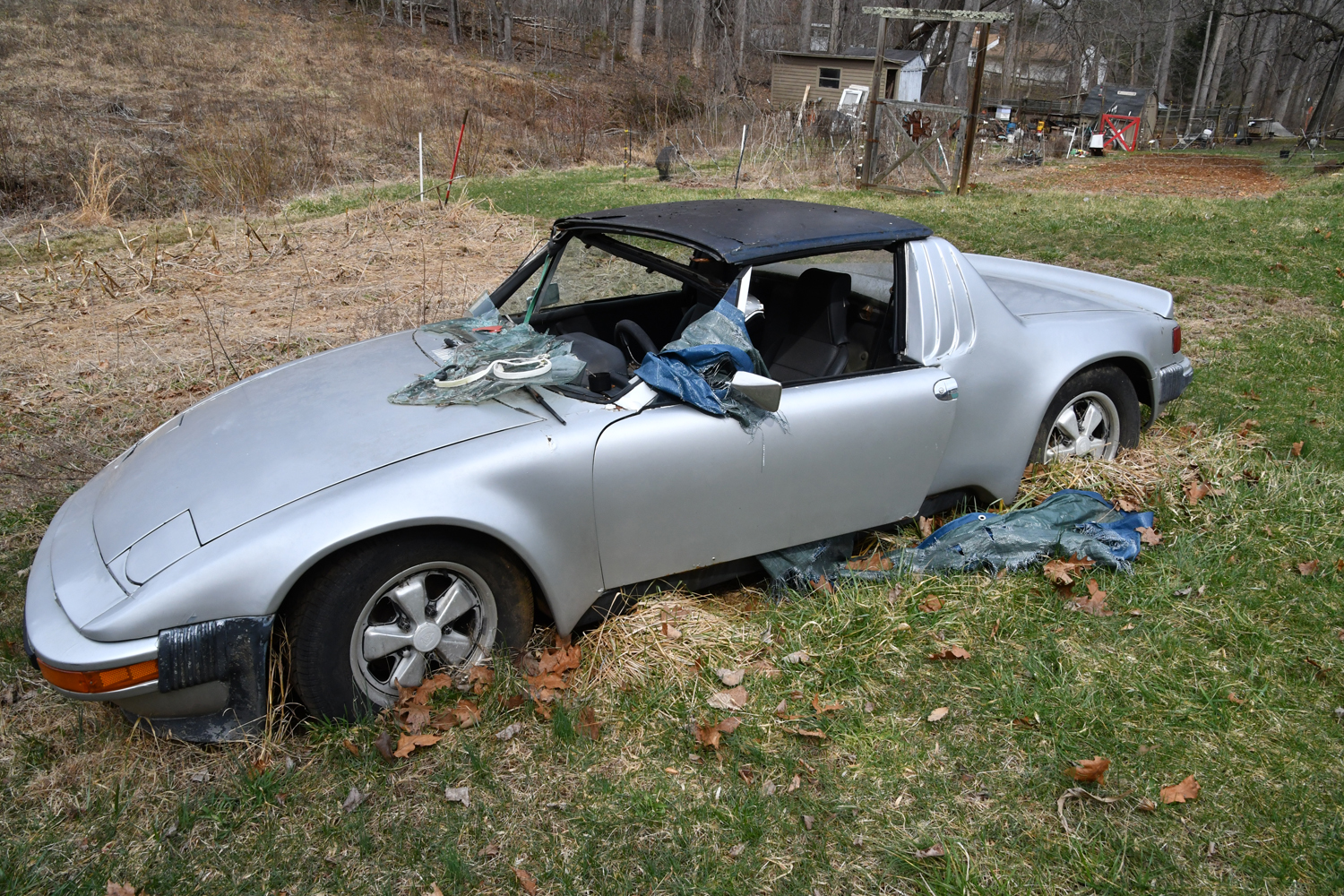
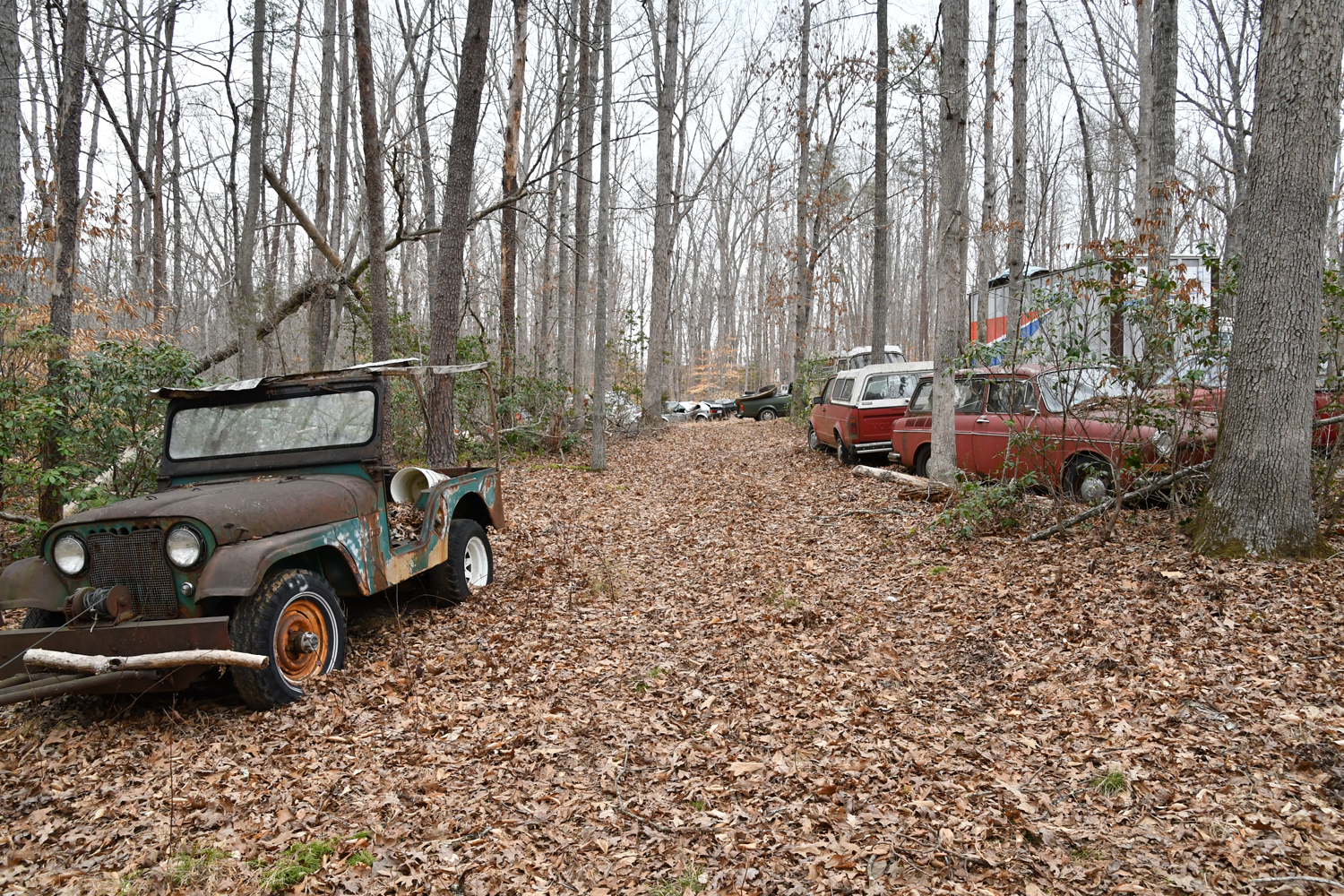
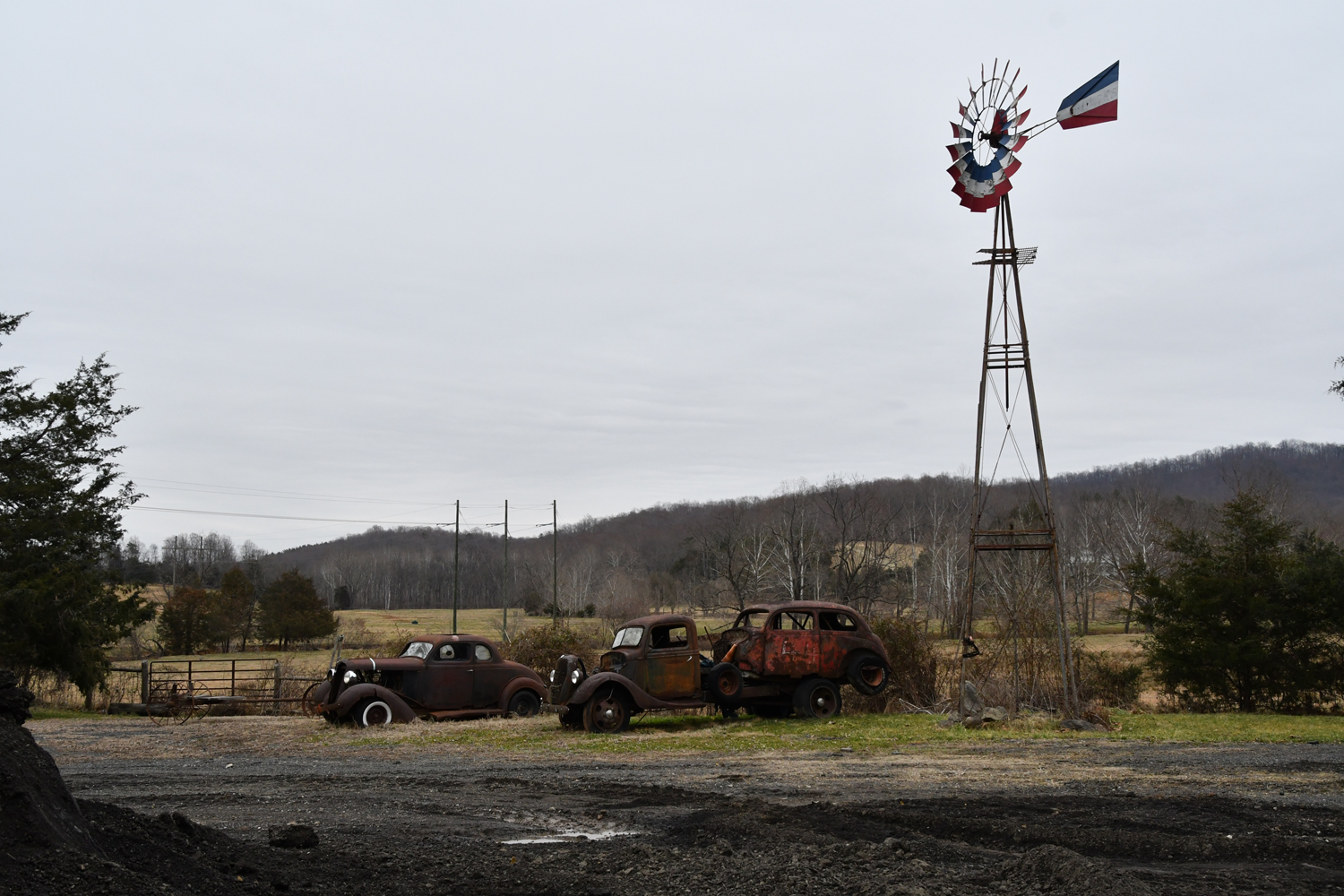
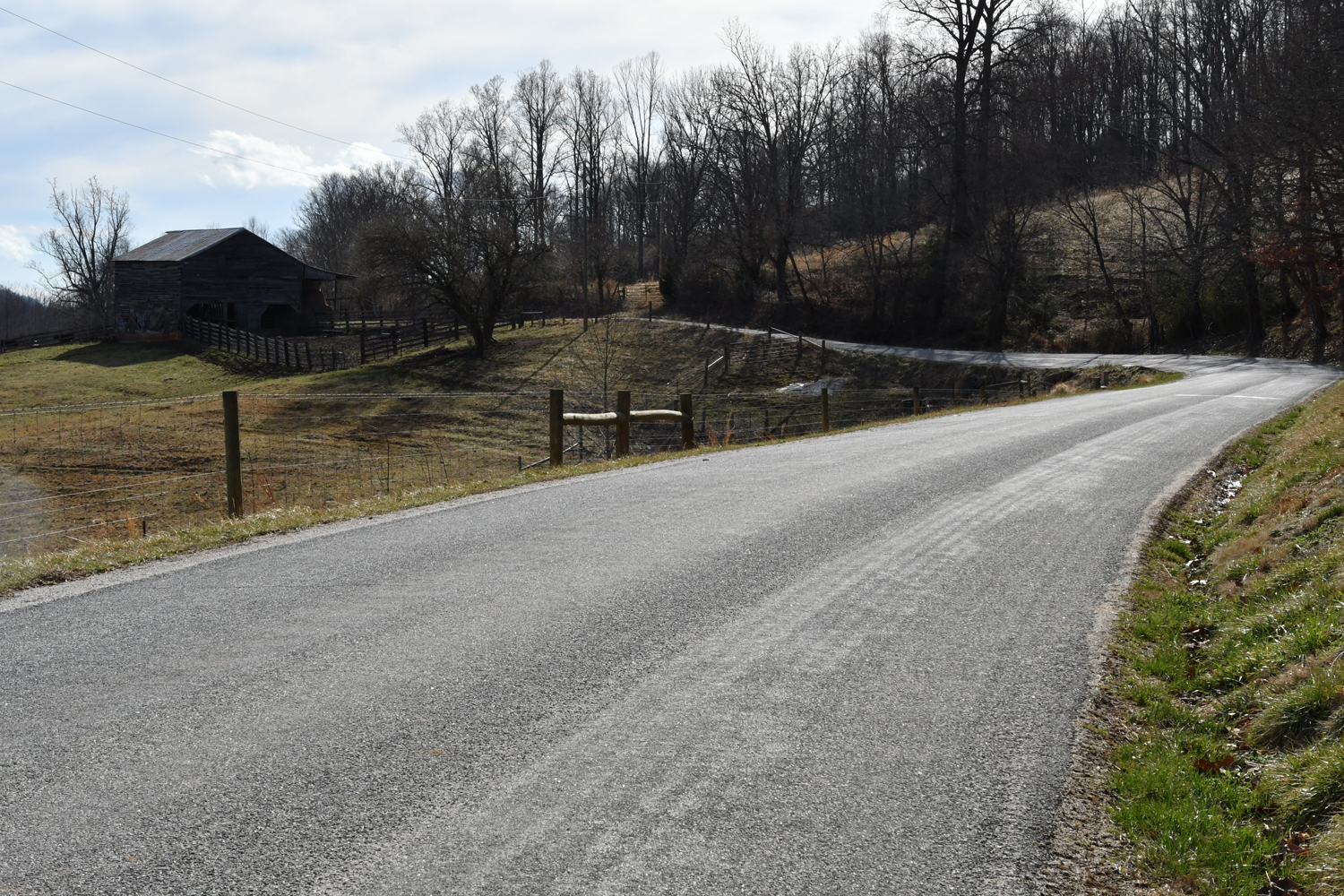
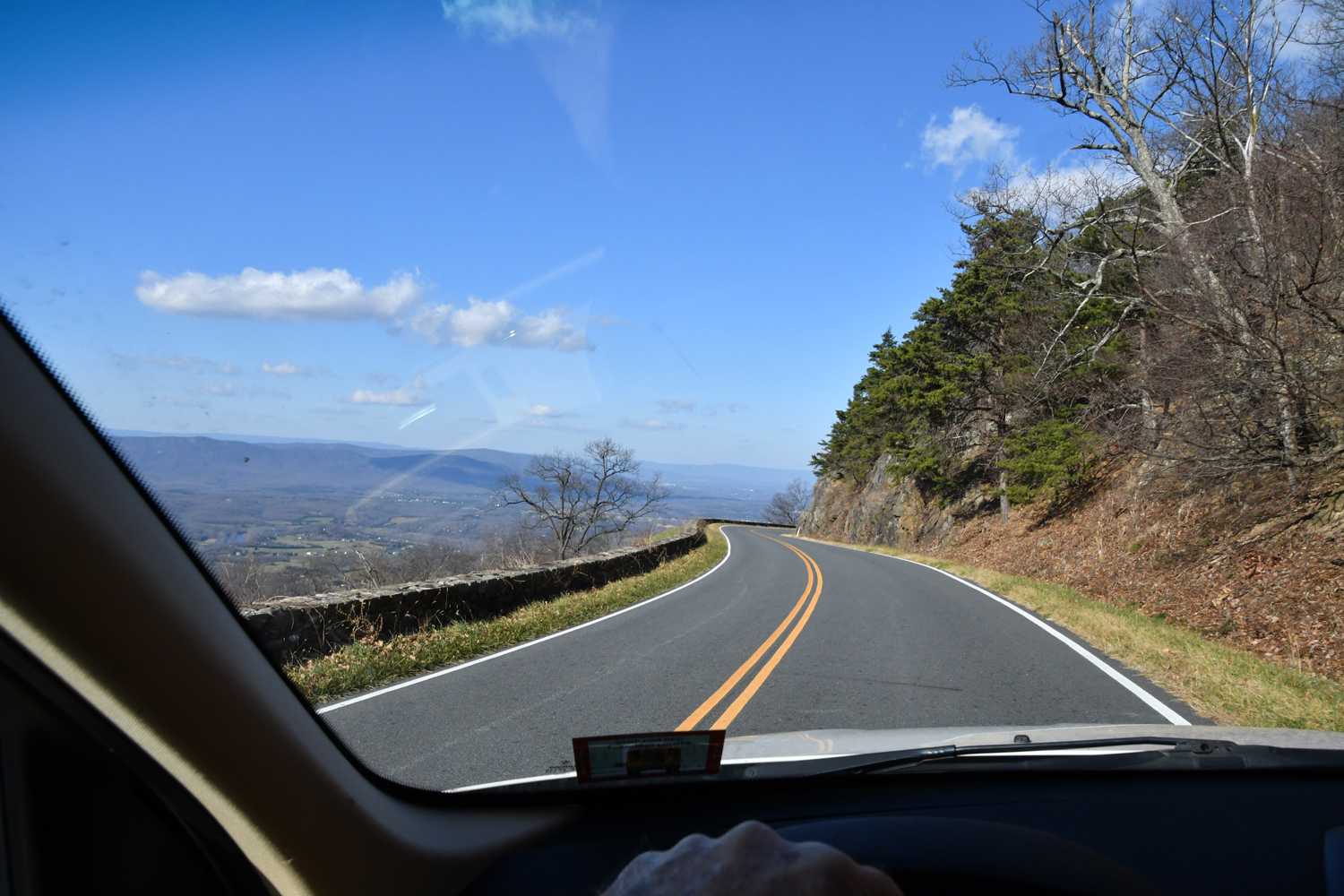

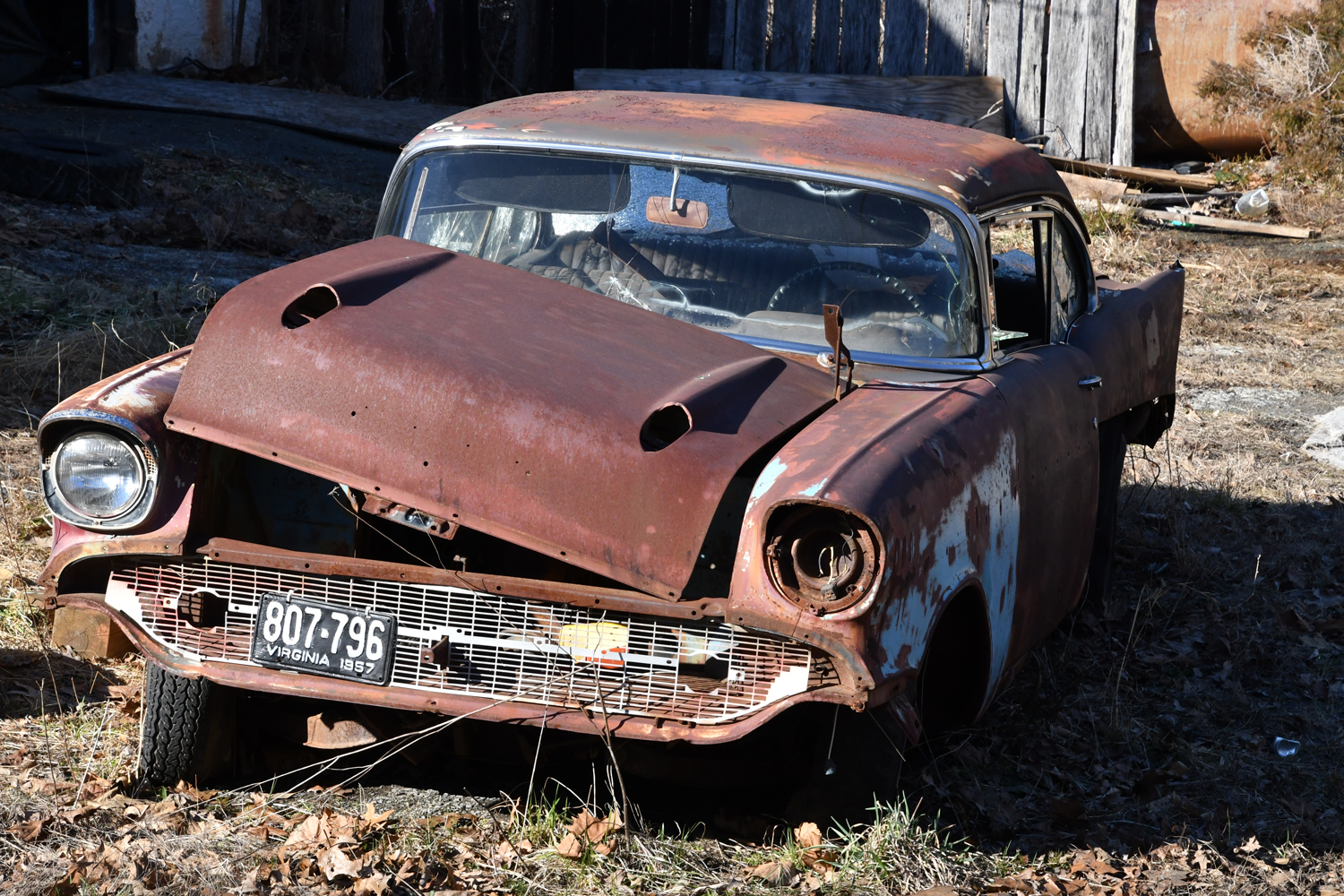
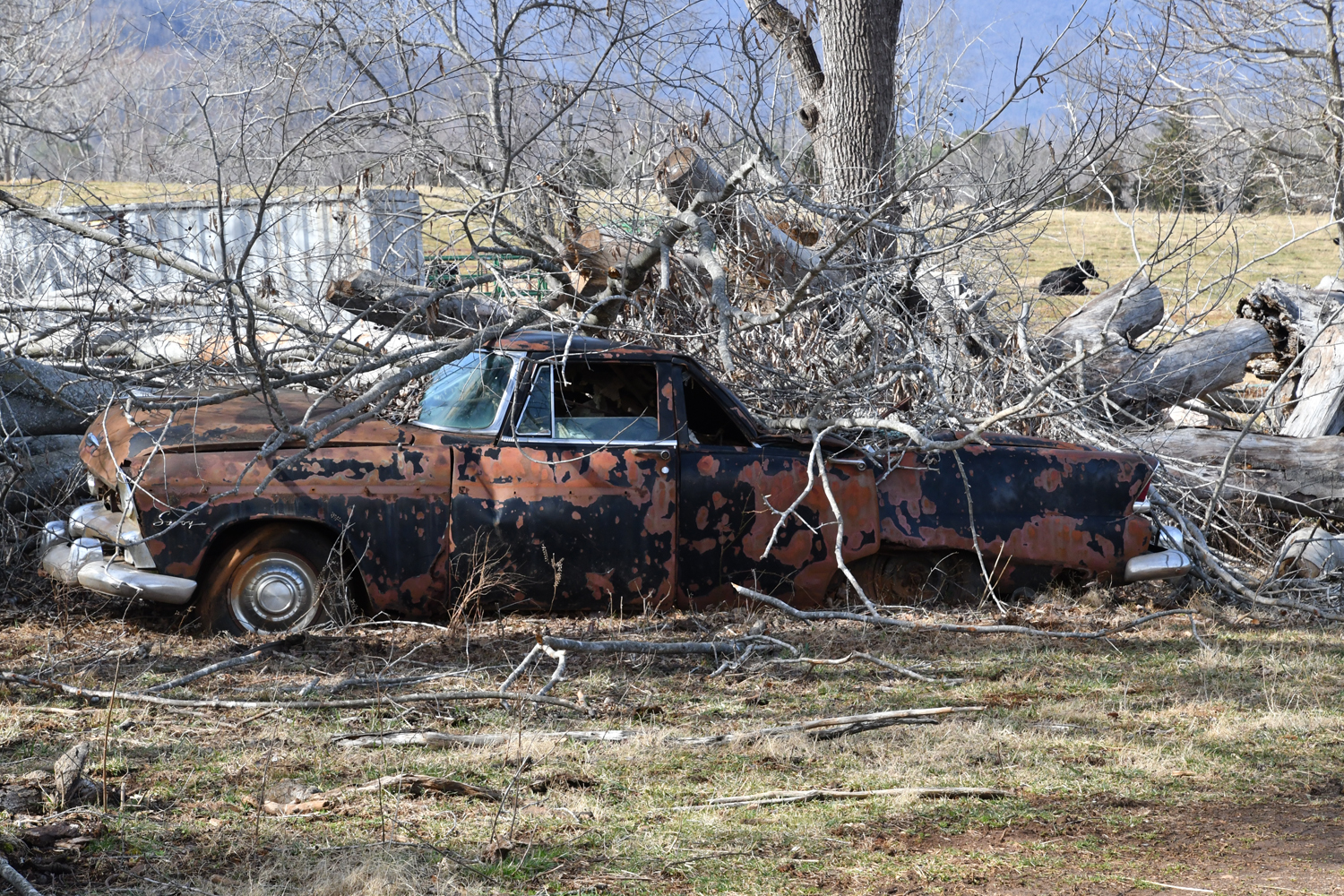
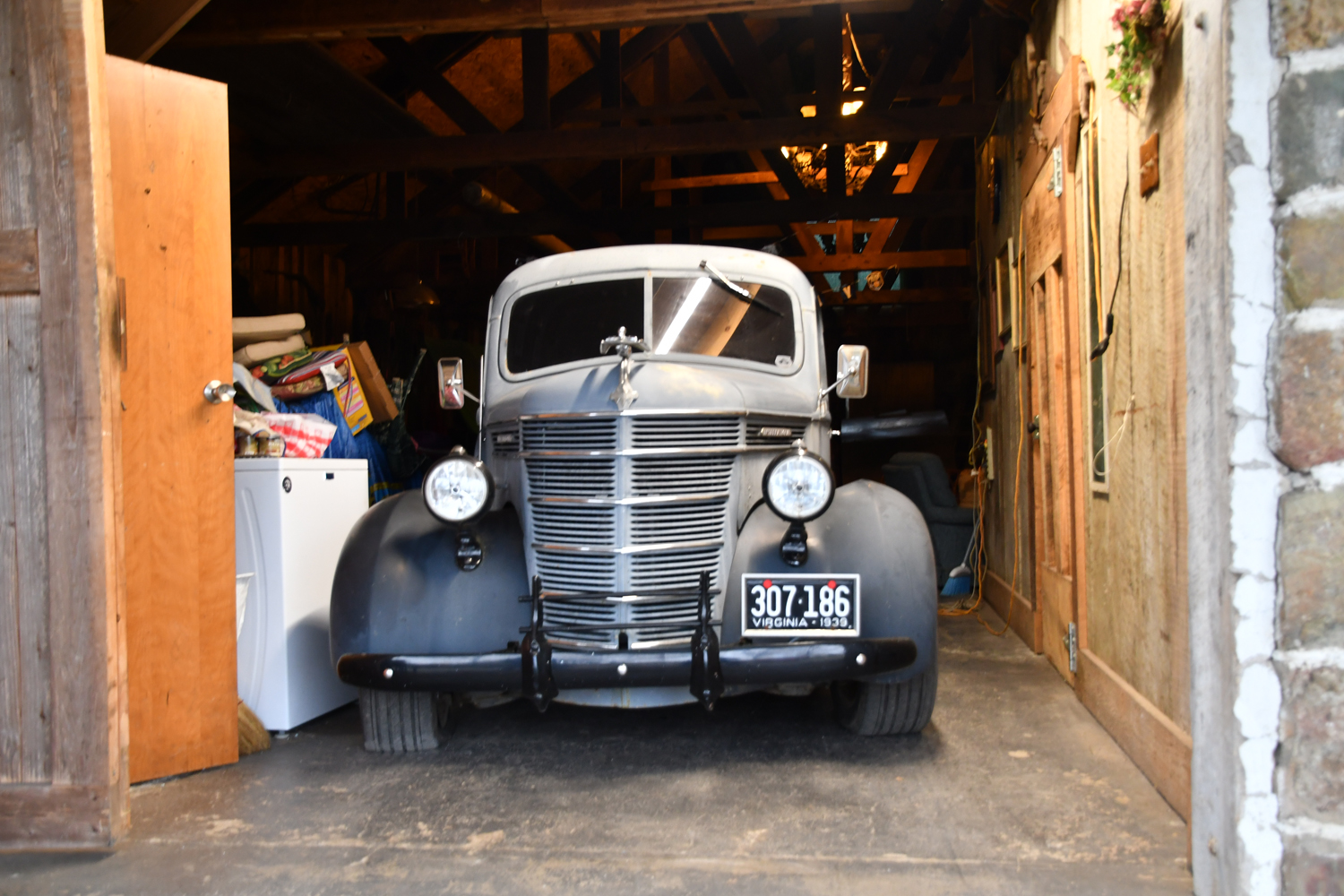

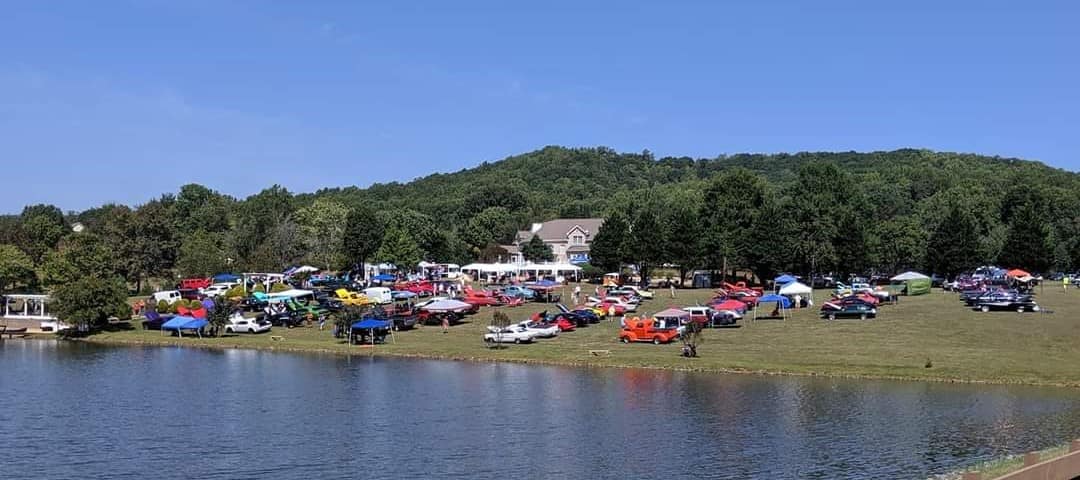
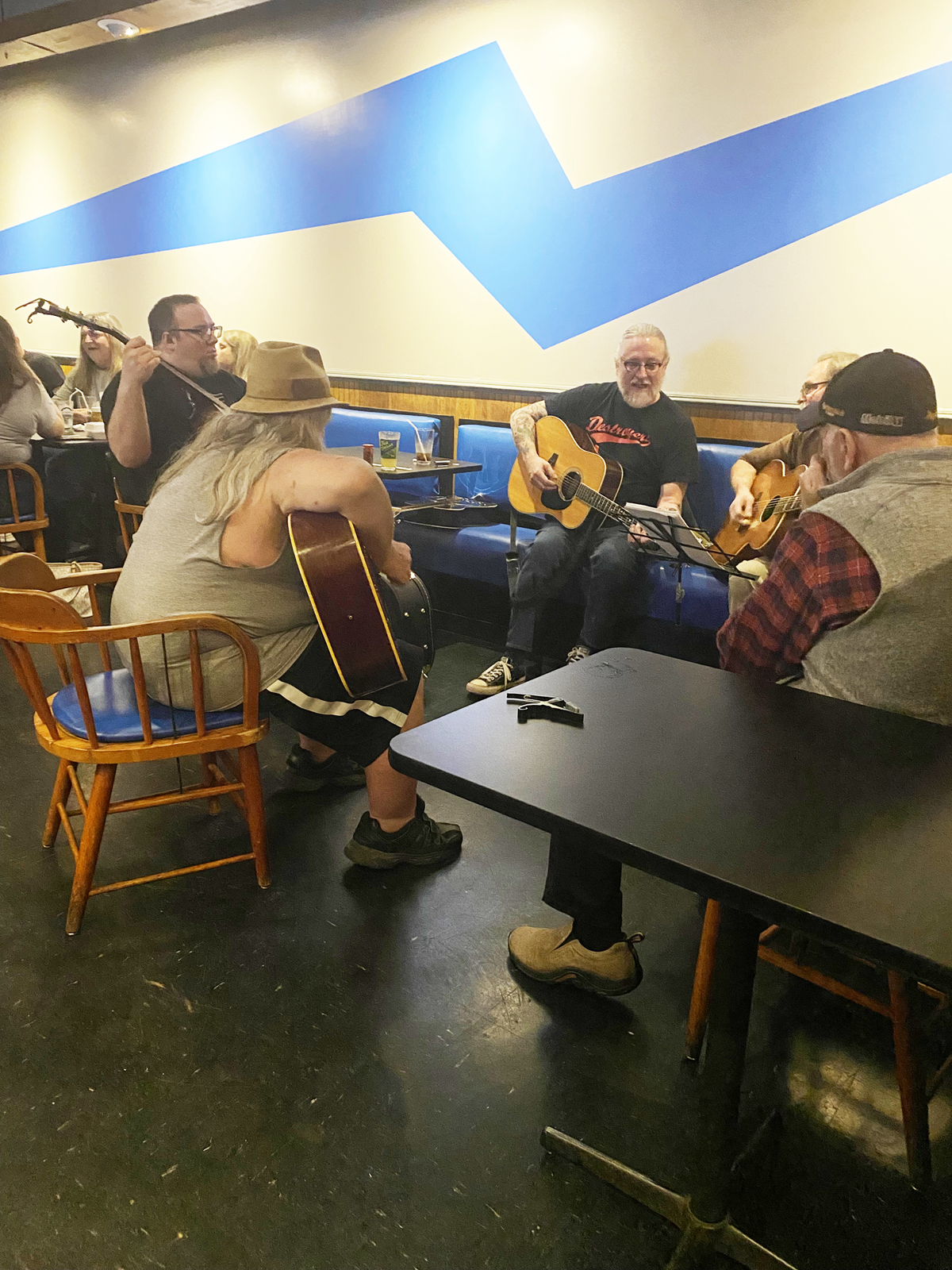
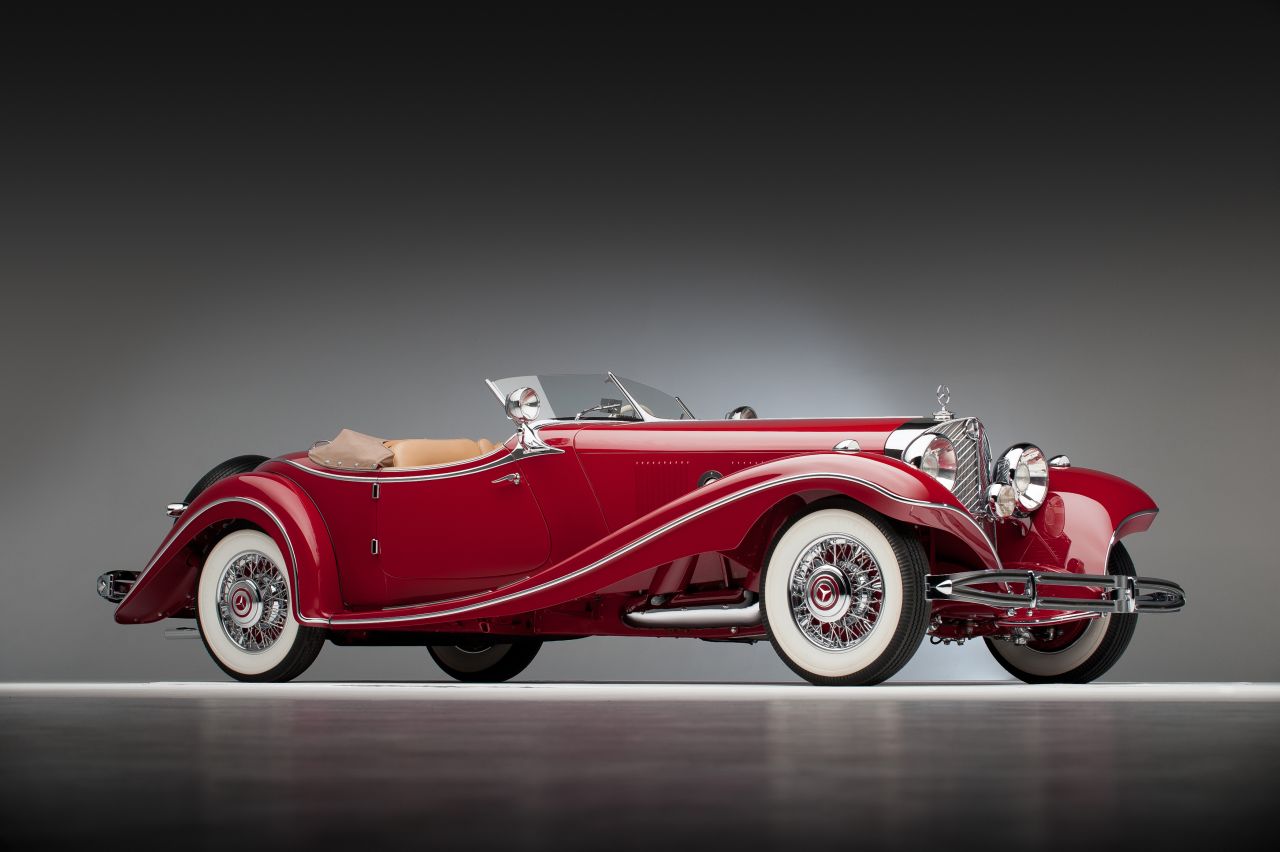
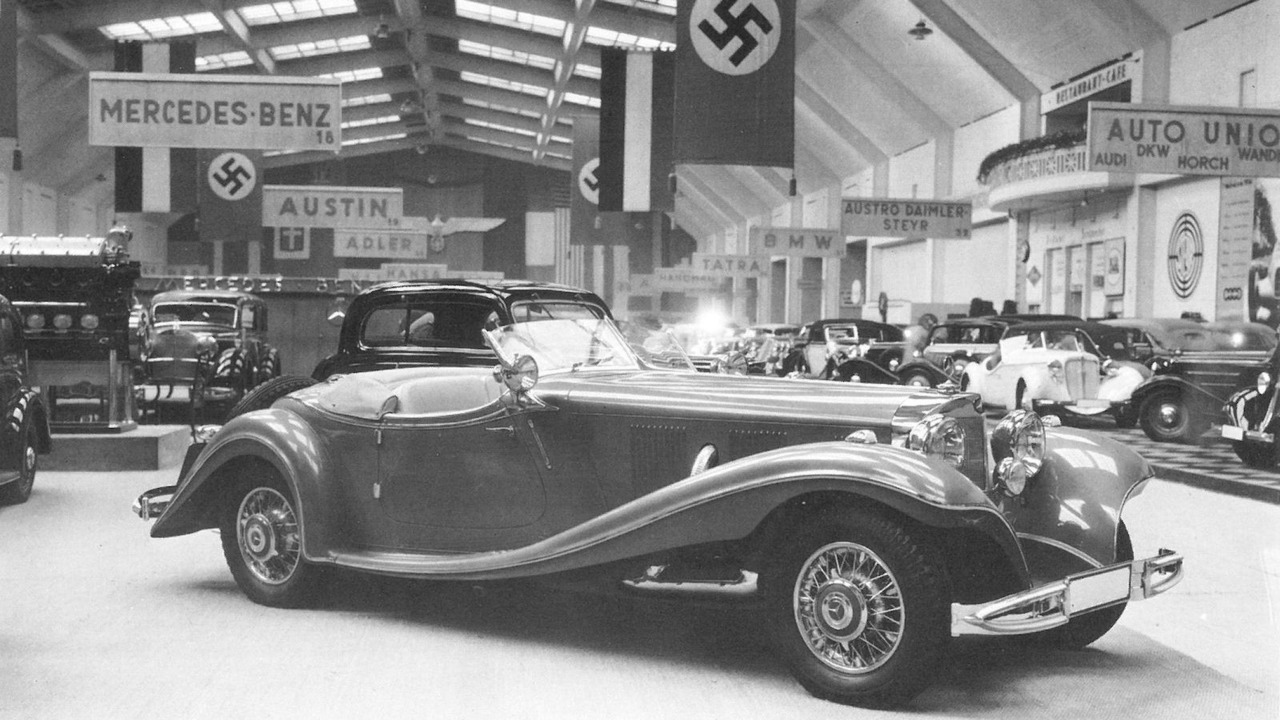
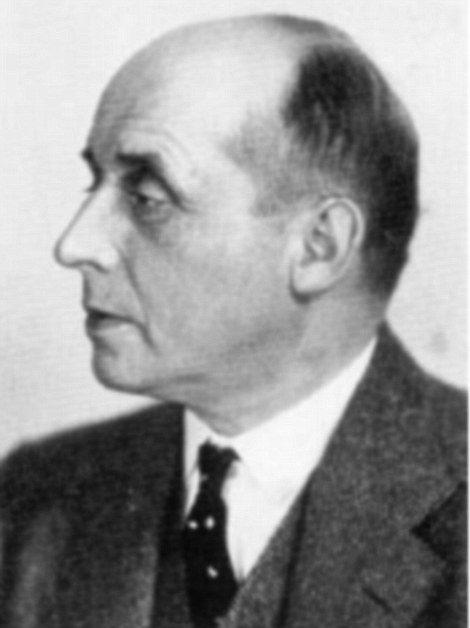
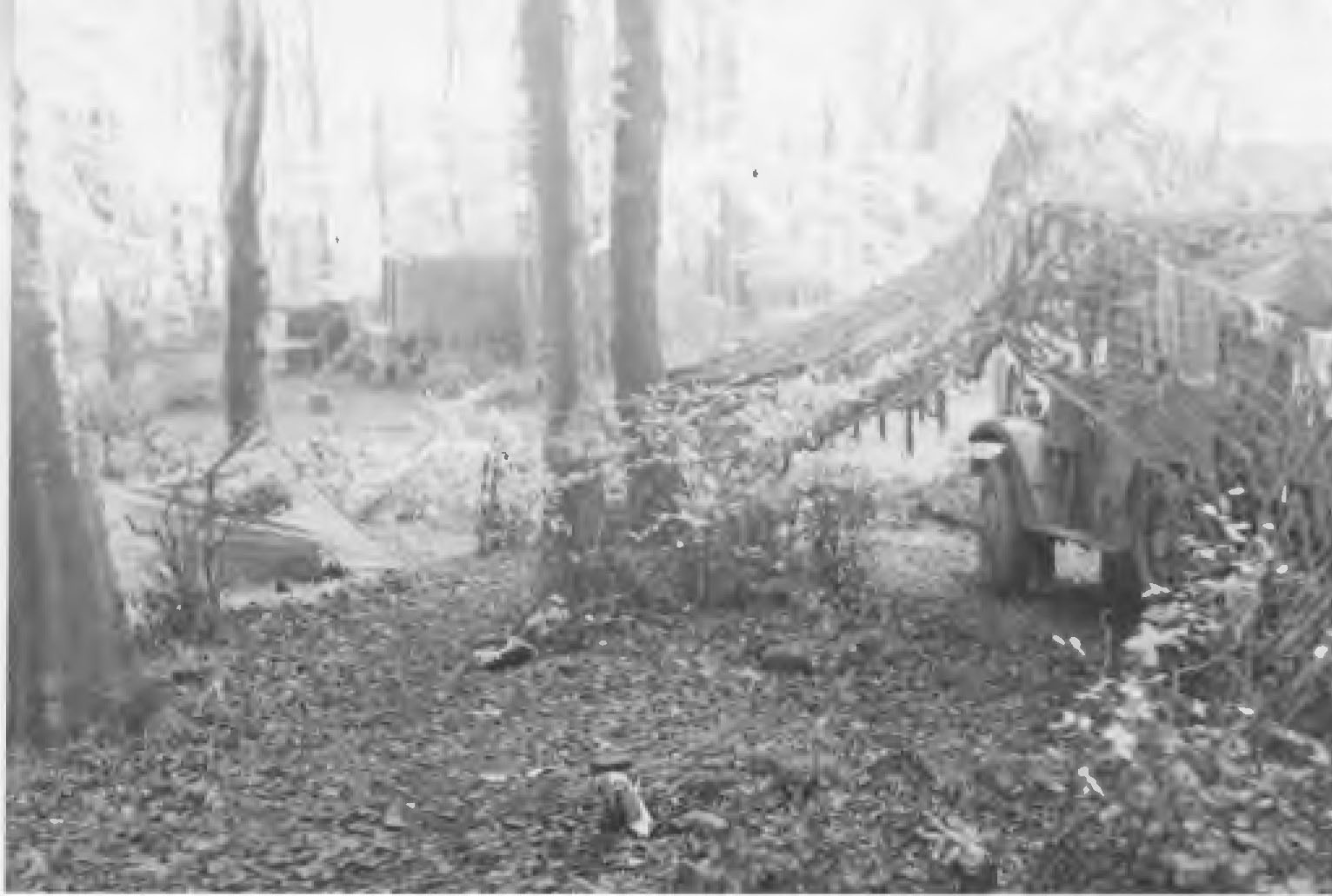
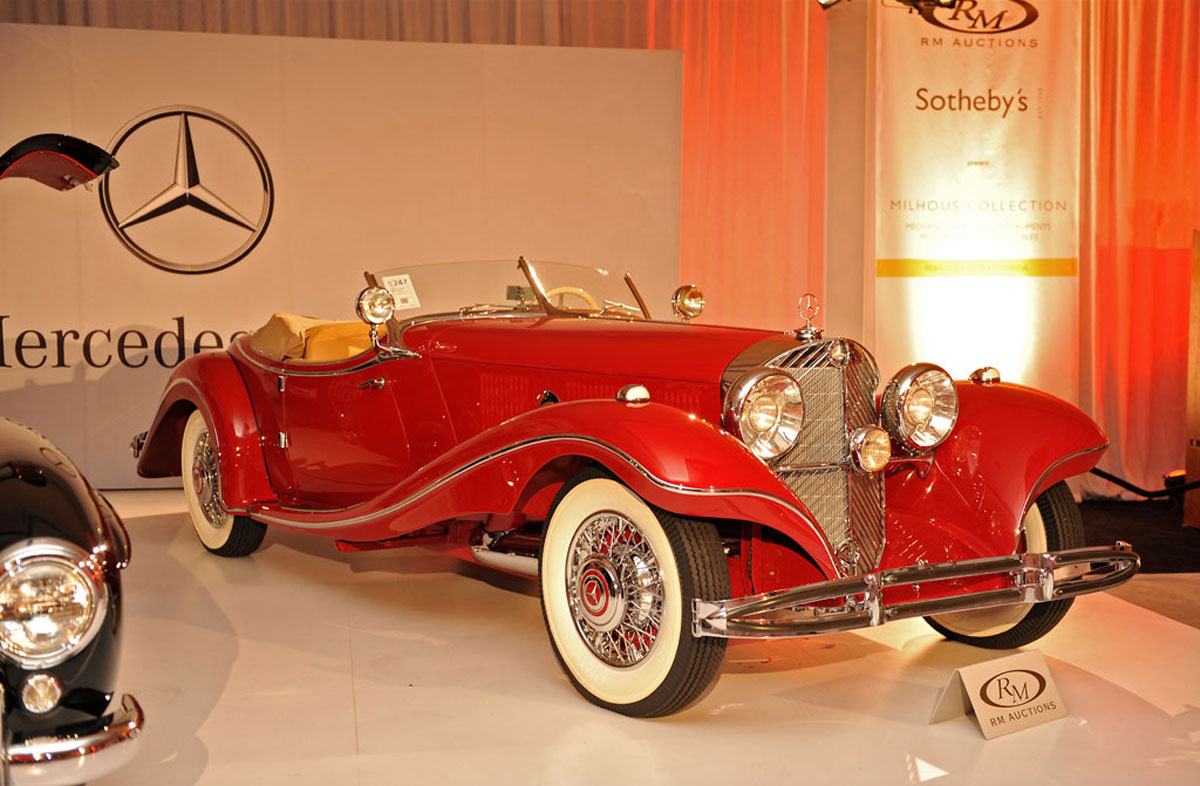
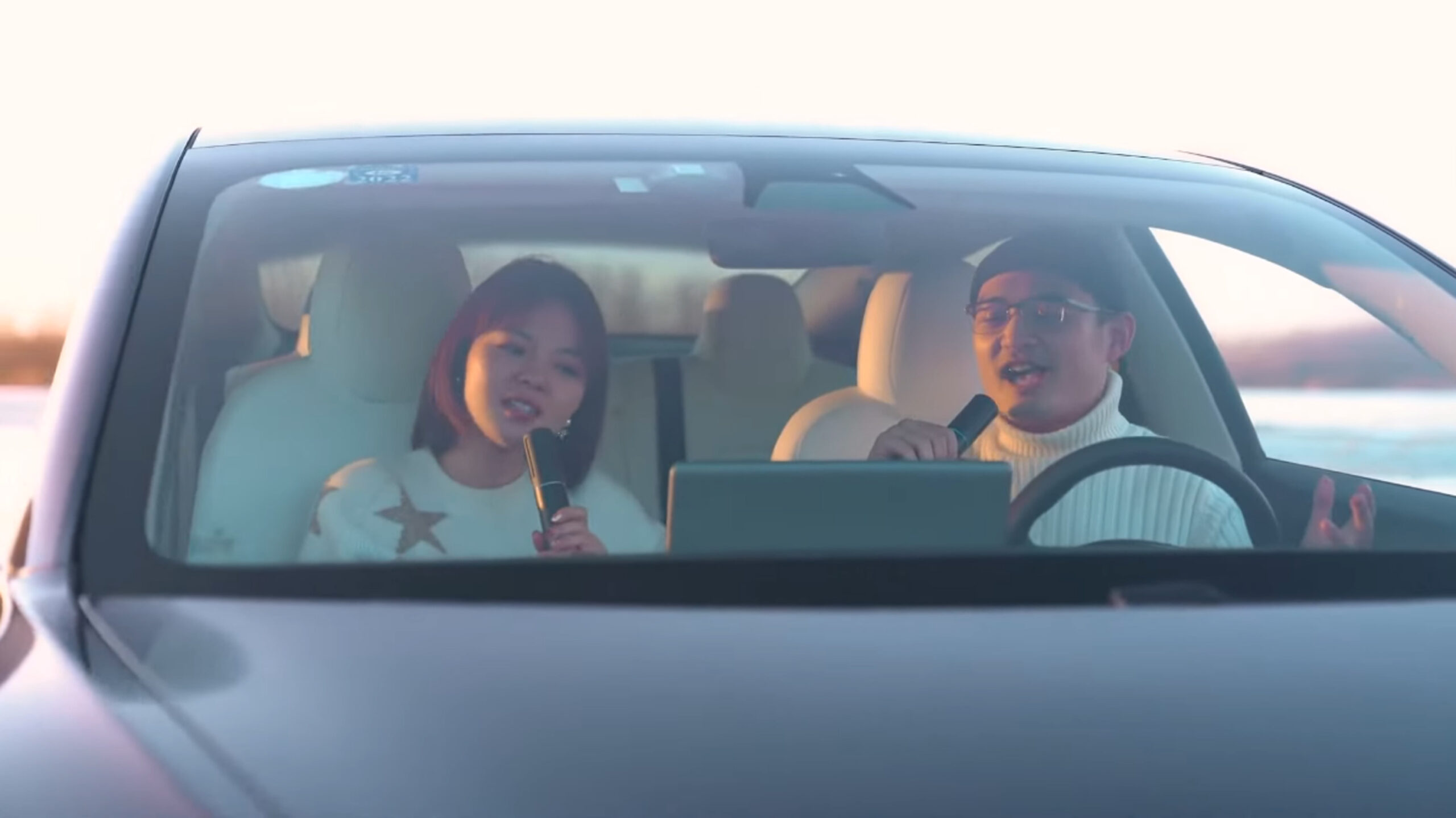
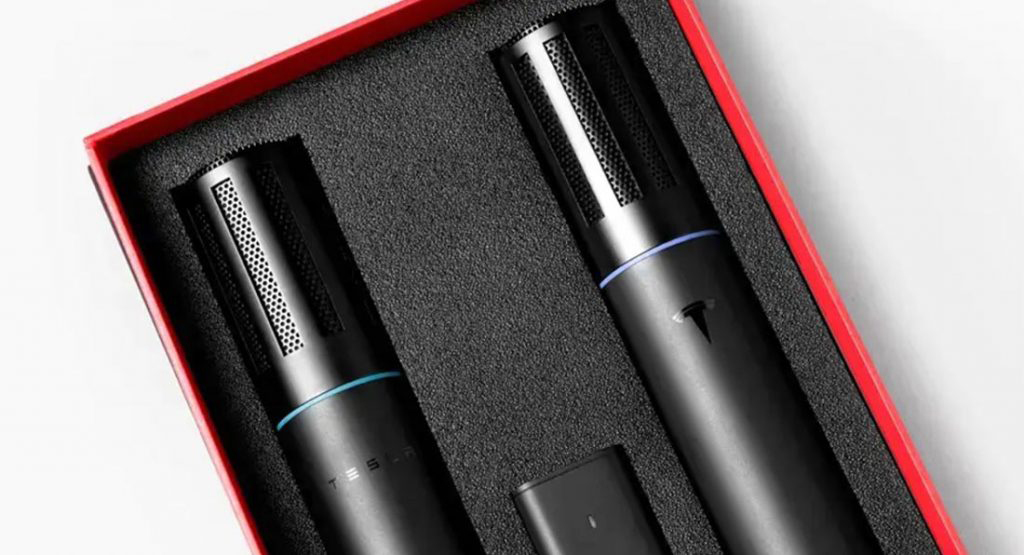
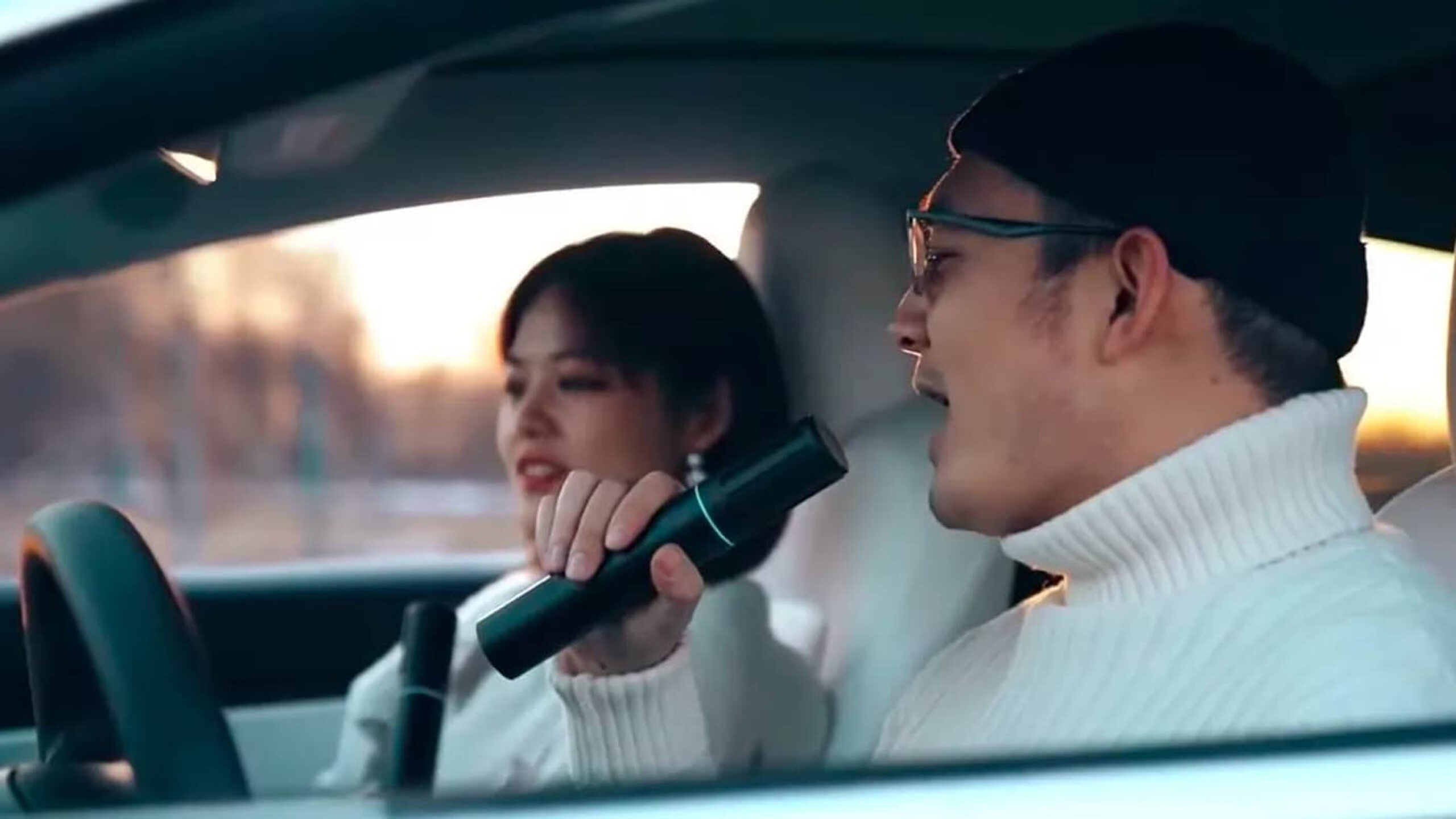




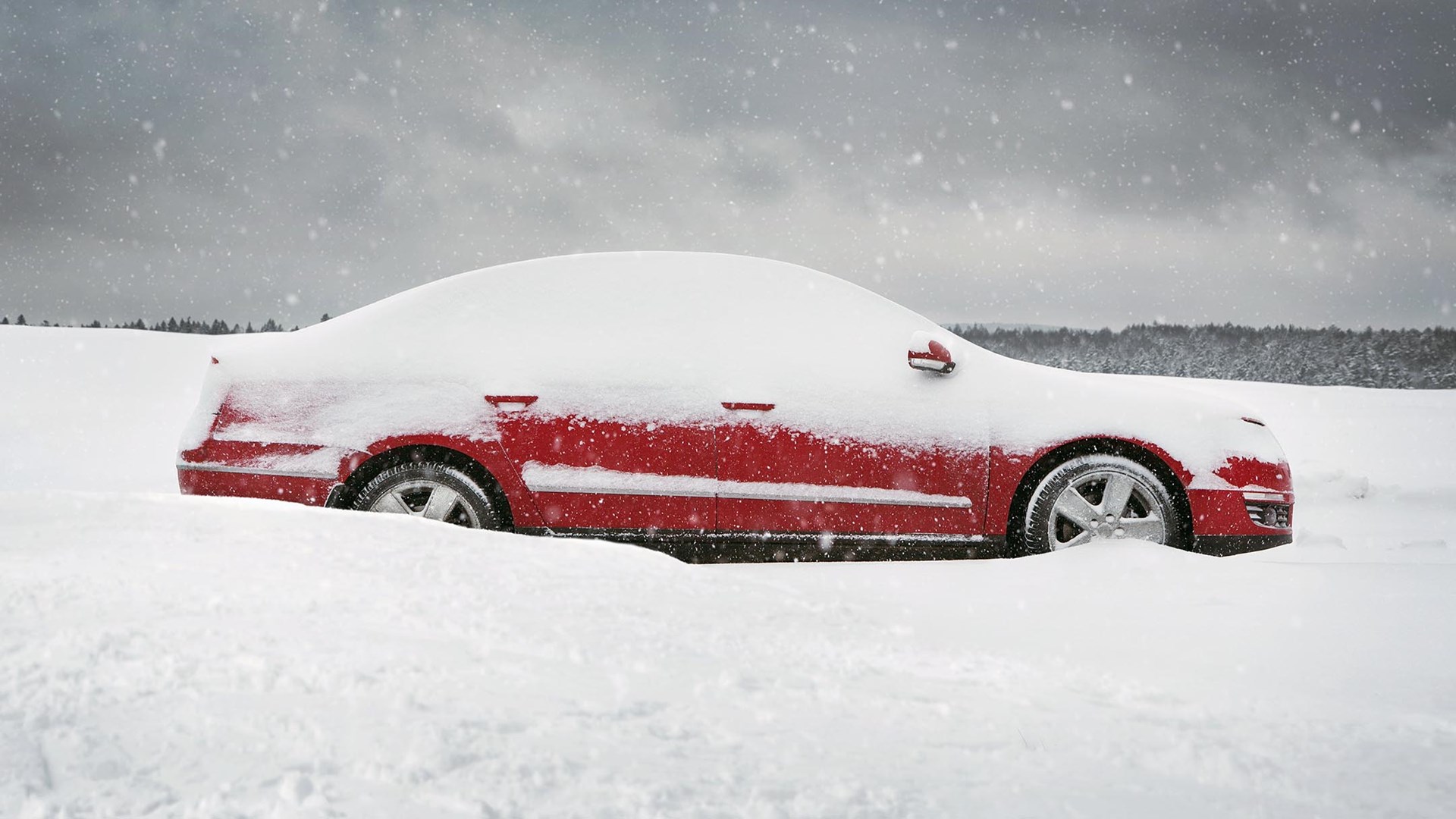
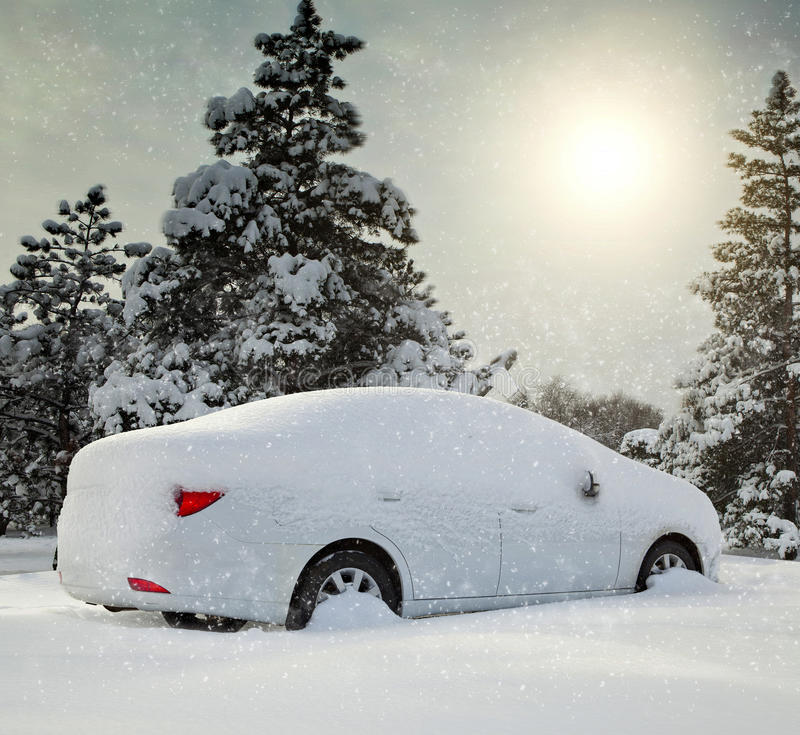


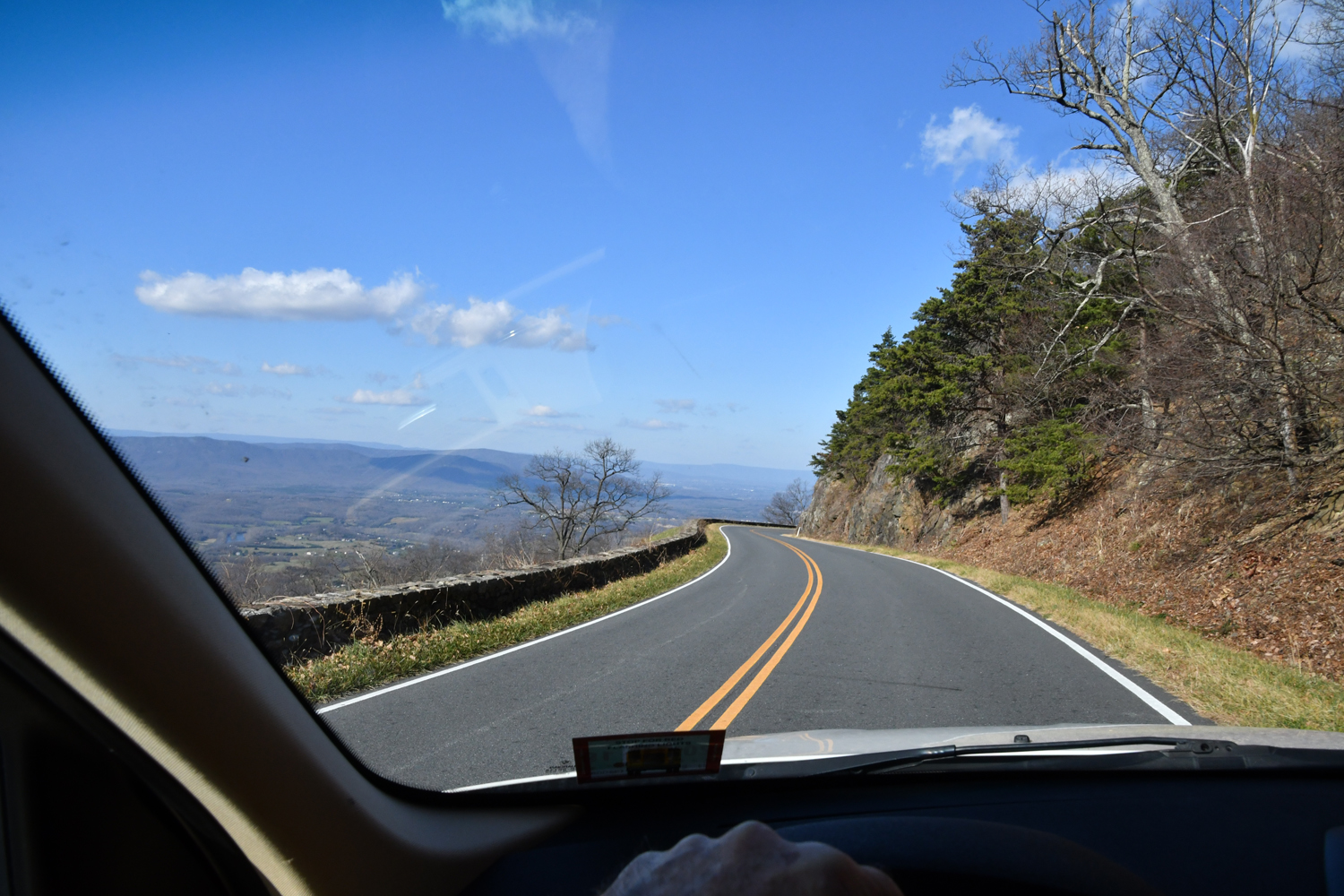
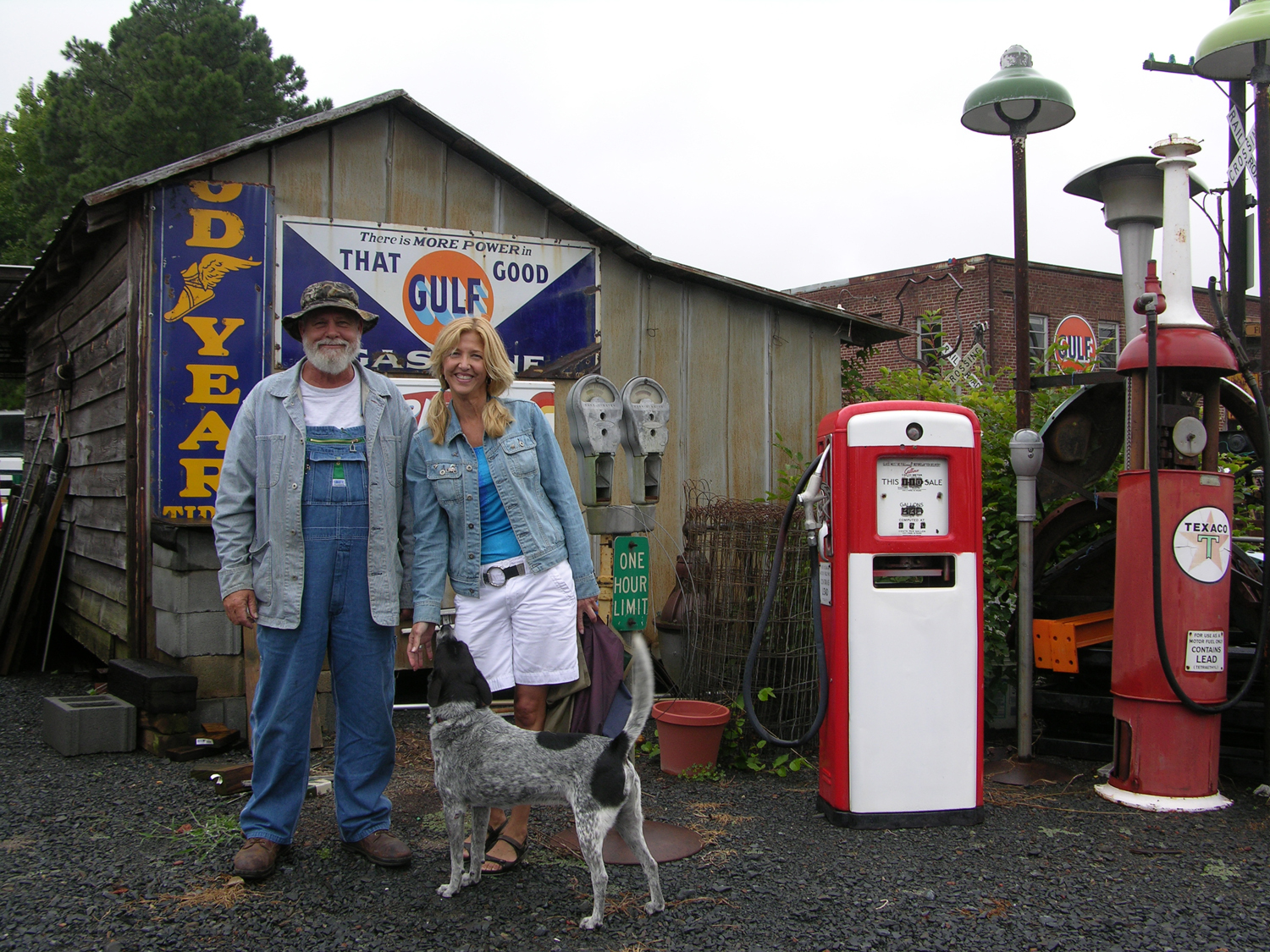
 re-calibrate a driver’s mood and expectations to a rhythm more in sync with the life, energy and surroundings to which this serpentine ribbon of black top belongs. Time spent attending to the dips and curves of blue highways actually engages a driver with real life experience rather than blowing though a countryside like the blur between subway stops.
re-calibrate a driver’s mood and expectations to a rhythm more in sync with the life, energy and surroundings to which this serpentine ribbon of black top belongs. Time spent attending to the dips and curves of blue highways actually engages a driver with real life experience rather than blowing though a countryside like the blur between subway stops.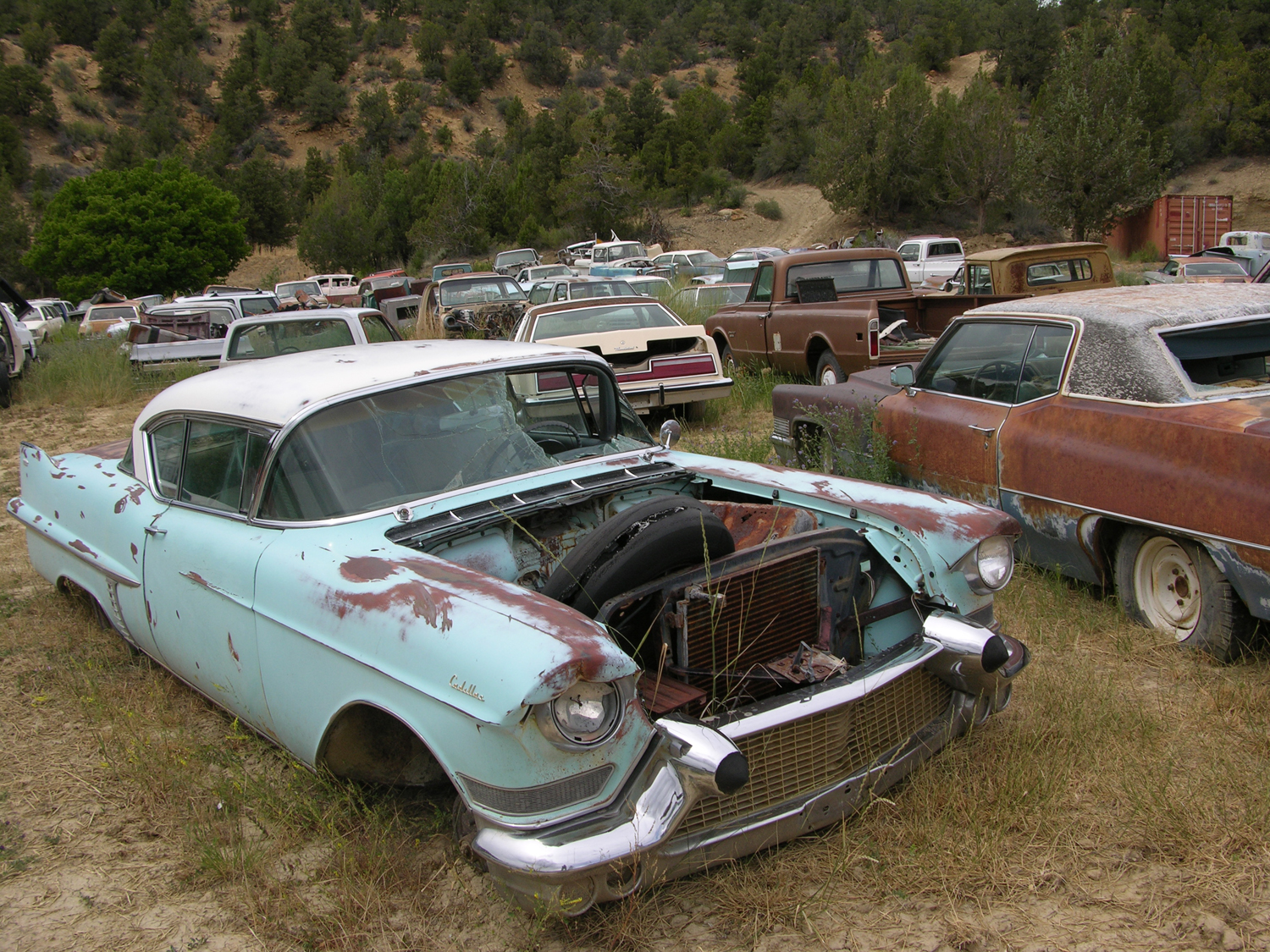 Often encountering a proprietor worthy of a Norman Rockwell illustration, my first question pretty much cuts to the chase, “What’s your story? I’ll ask. If not a general store, then a gas station with a rust trimmed Dad’s Root Beer sign or a hillside of sixty and seventy-year old Cadillacs with trees the size of schooner masts sprouting from hoodless engine bays. Regardless, there always seems to await a story ready to be shared.
Often encountering a proprietor worthy of a Norman Rockwell illustration, my first question pretty much cuts to the chase, “What’s your story? I’ll ask. If not a general store, then a gas station with a rust trimmed Dad’s Root Beer sign or a hillside of sixty and seventy-year old Cadillacs with trees the size of schooner masts sprouting from hoodless engine bays. Regardless, there always seems to await a story ready to be shared.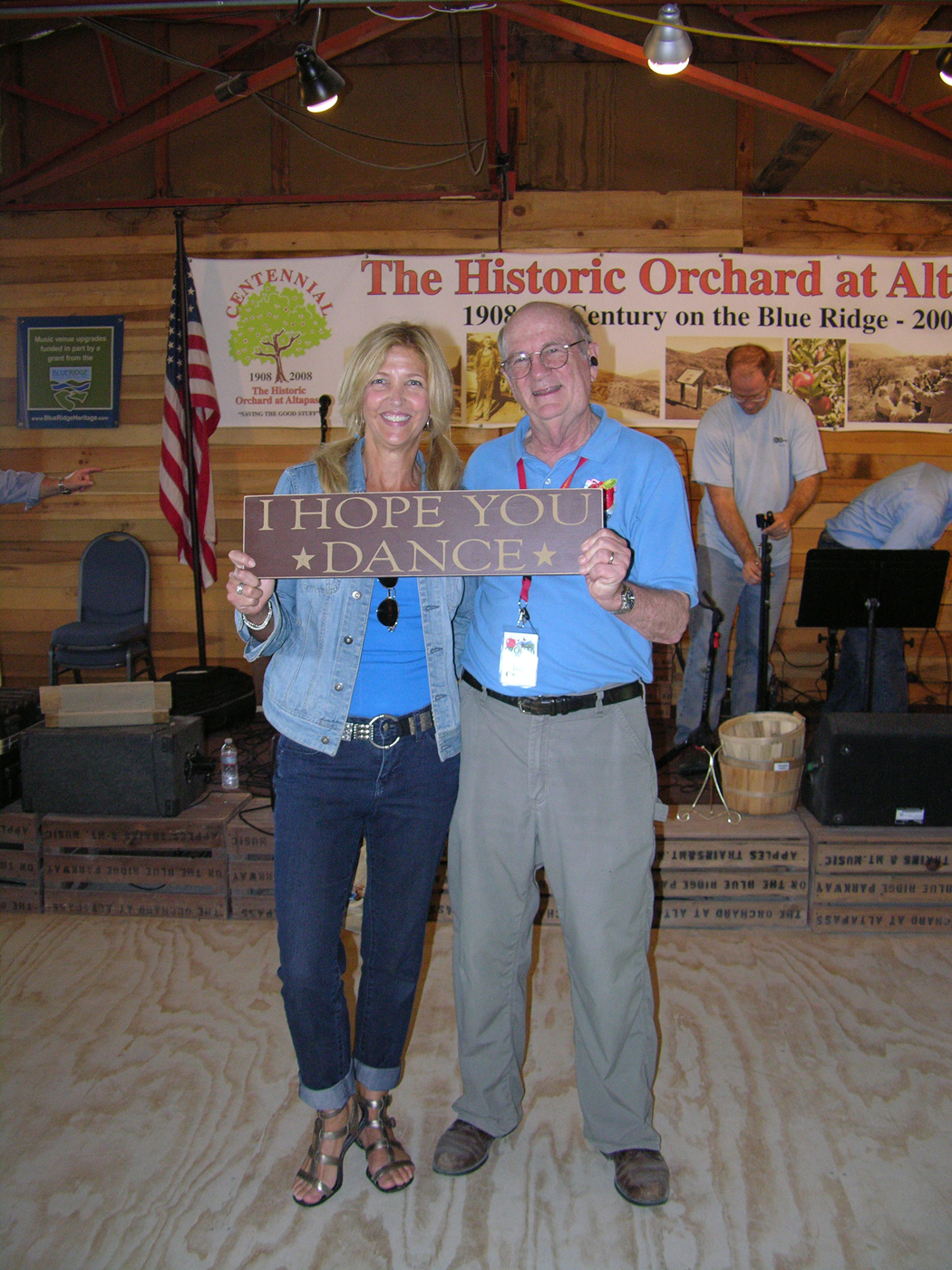 At a farm stand off the Blue Ridge Parkway, we met Bill. Genial and engaging, after introducing himself, he whisked Elaine out onto the dance floor. A terrific band of mountain musicians had just fired up their instruments and before my eyes transformed a roomful of people pleasantly chatting into a gyrating bluegrass flash mob.
At a farm stand off the Blue Ridge Parkway, we met Bill. Genial and engaging, after introducing himself, he whisked Elaine out onto the dance floor. A terrific band of mountain musicians had just fired up their instruments and before my eyes transformed a roomful of people pleasantly chatting into a gyrating bluegrass flash mob.